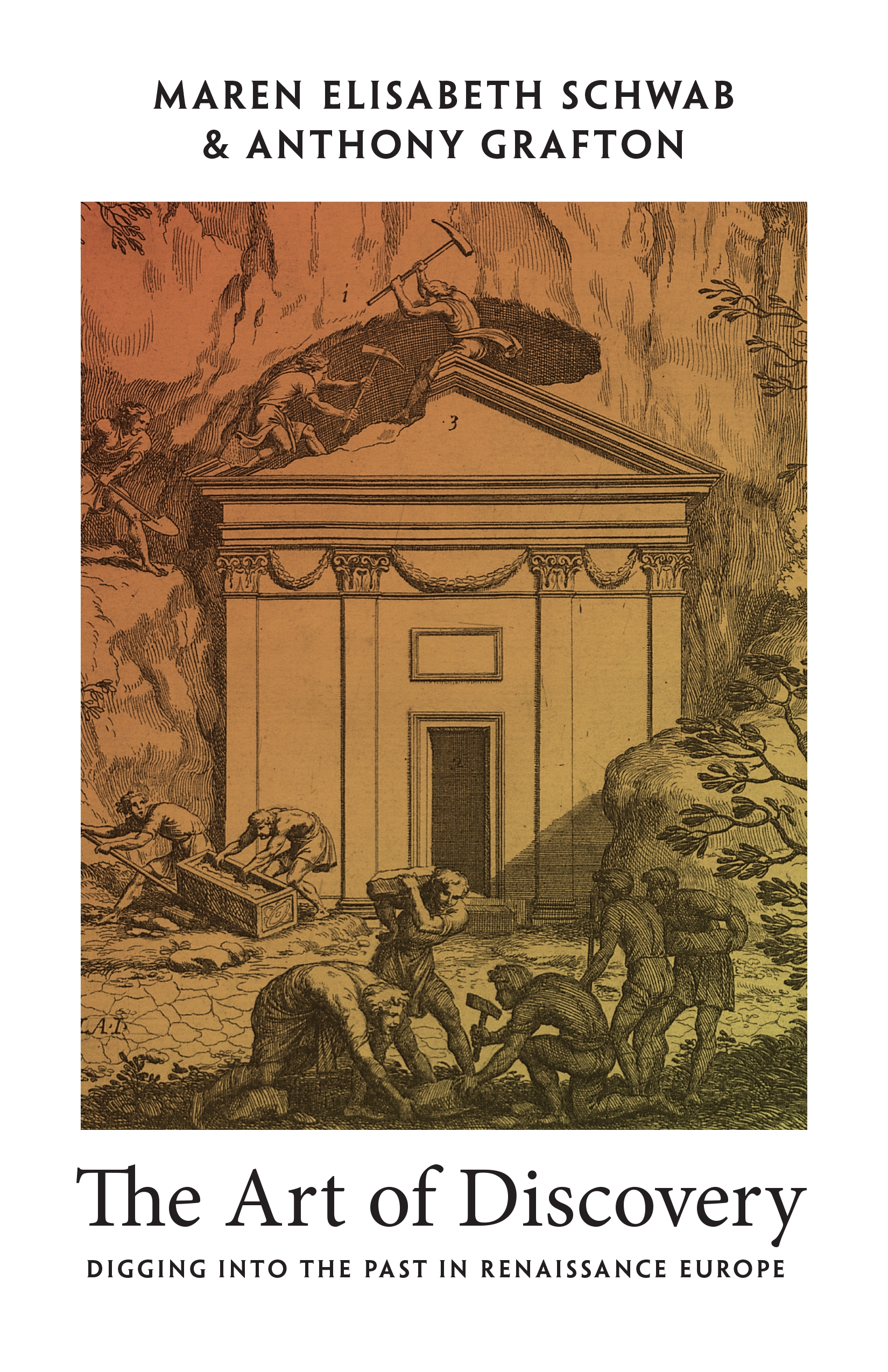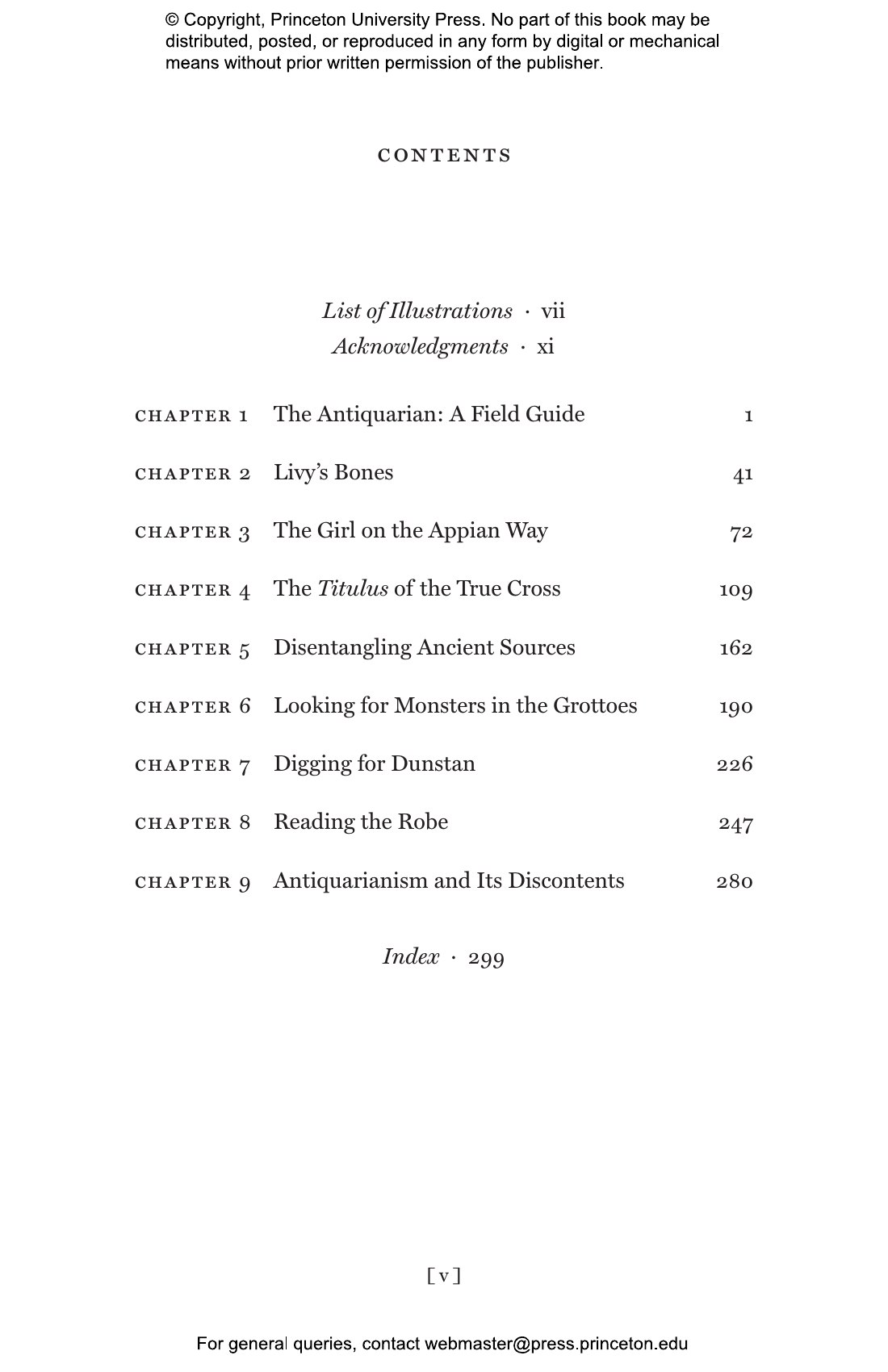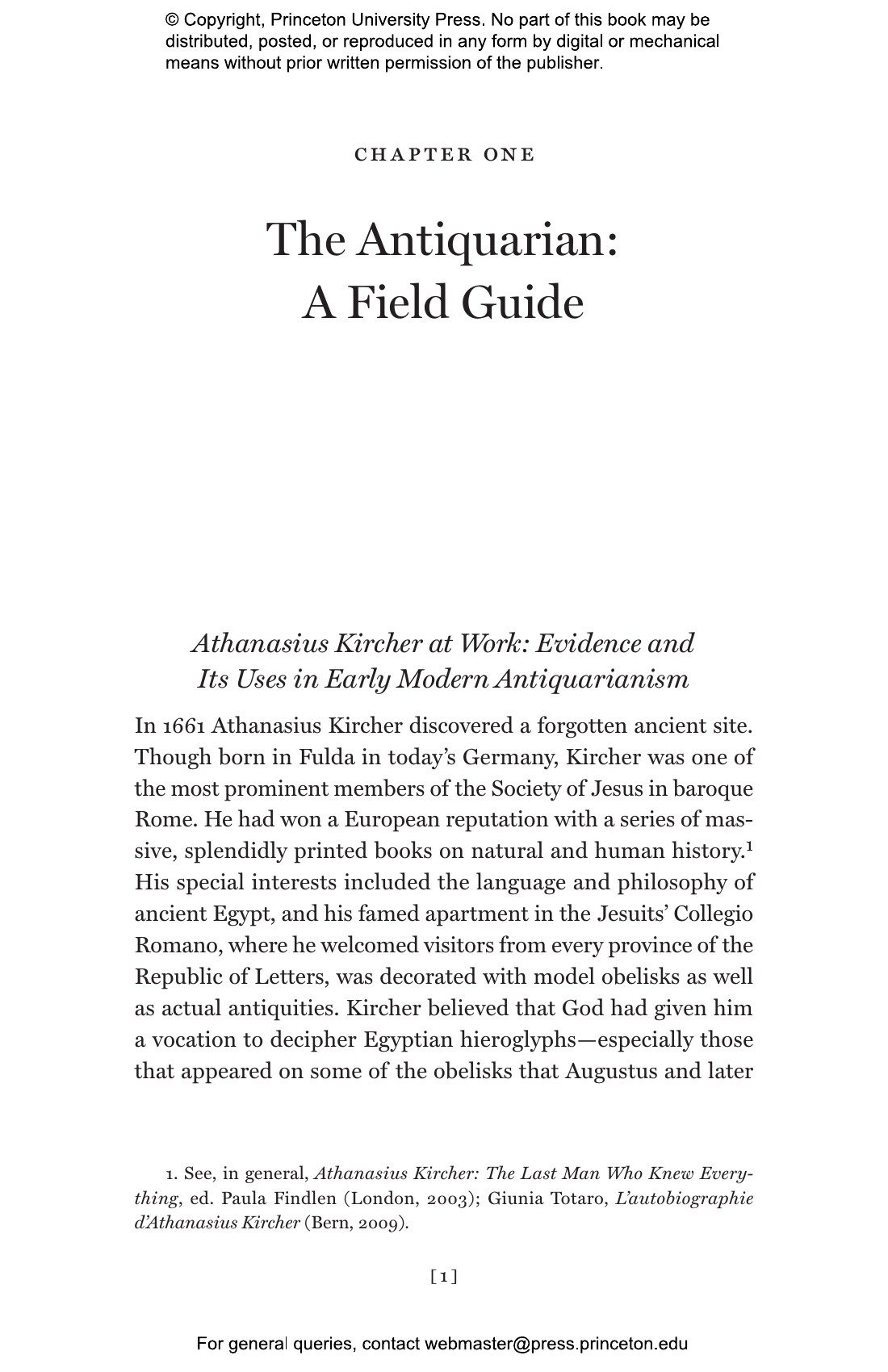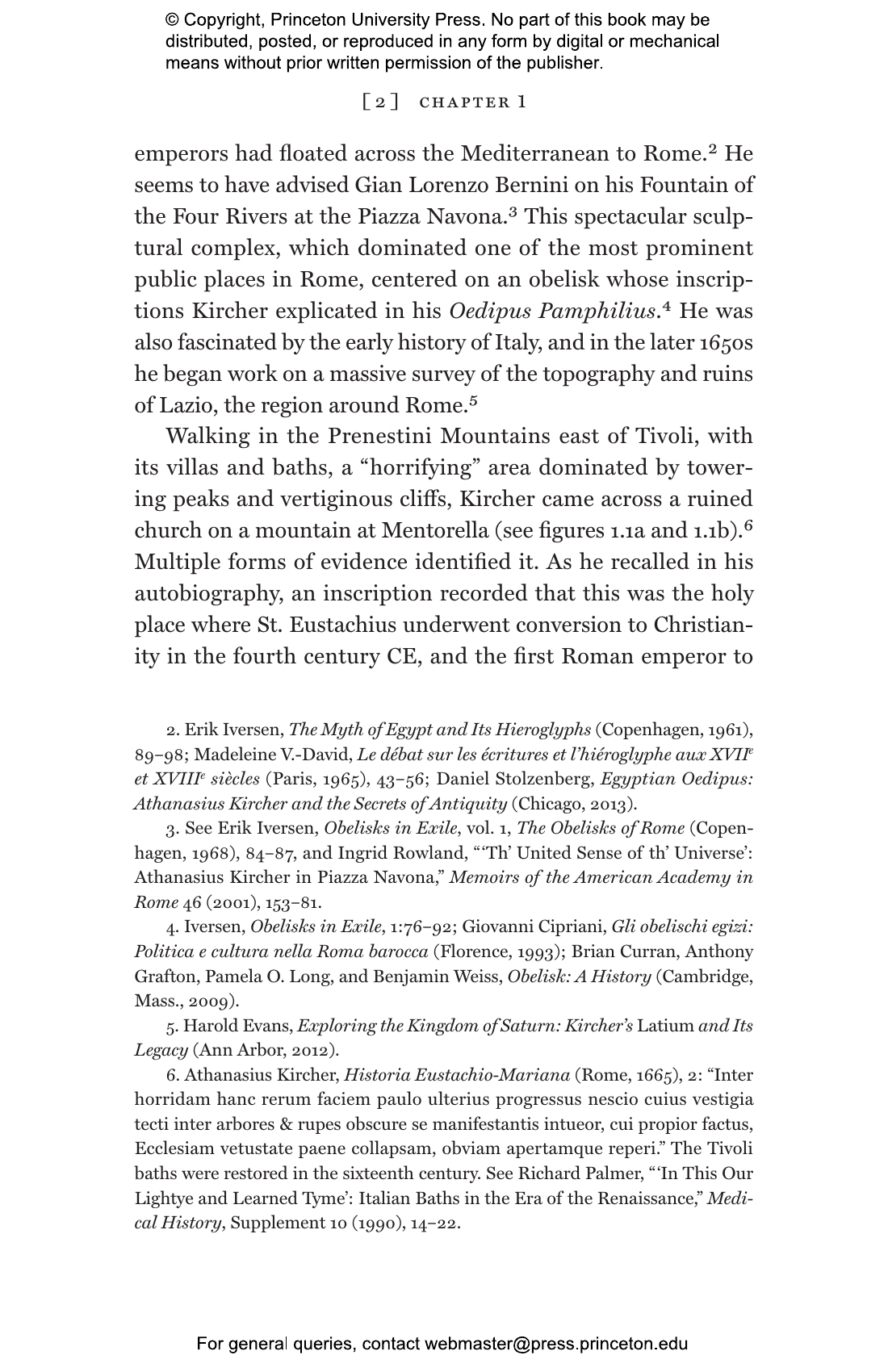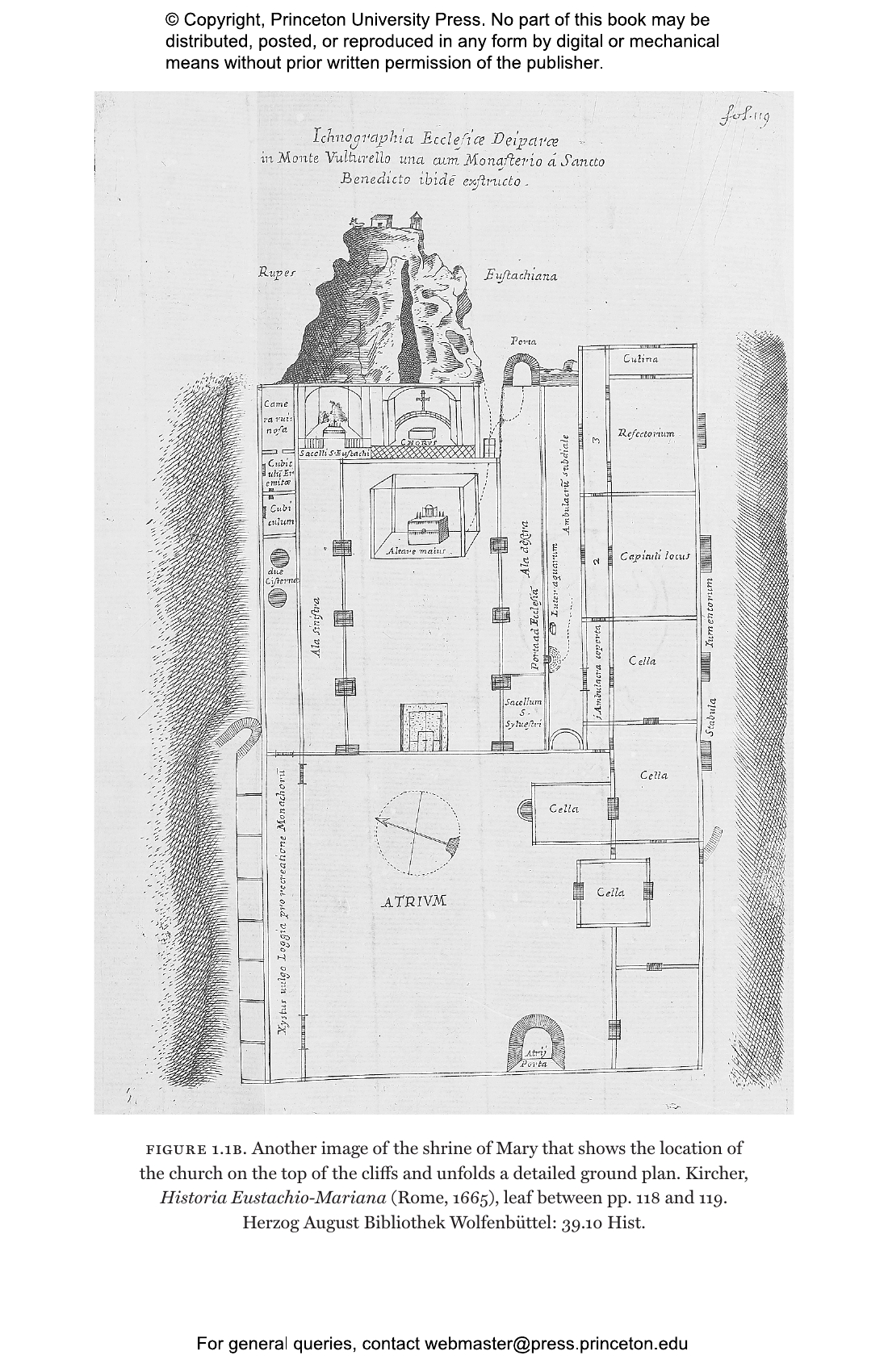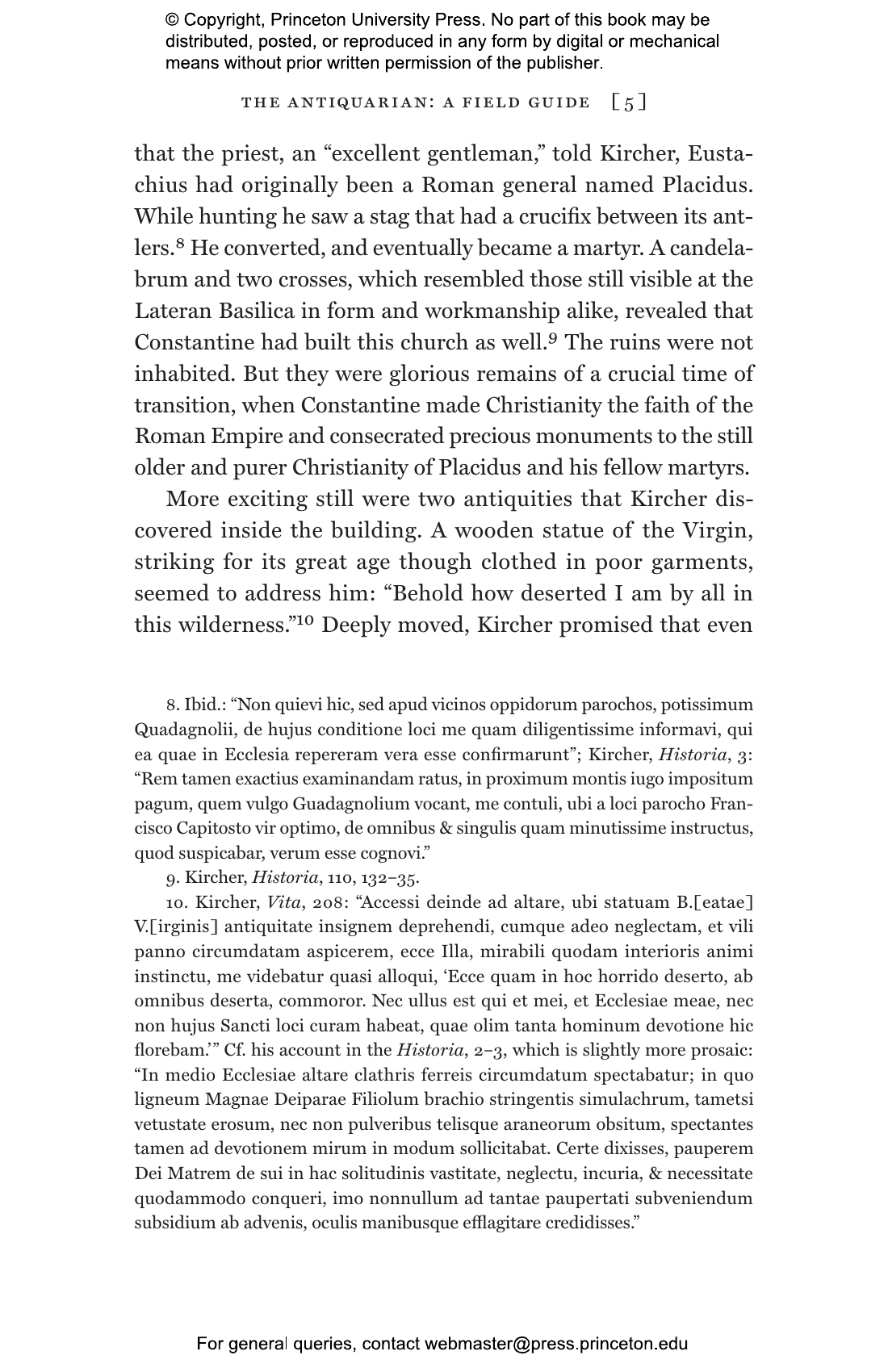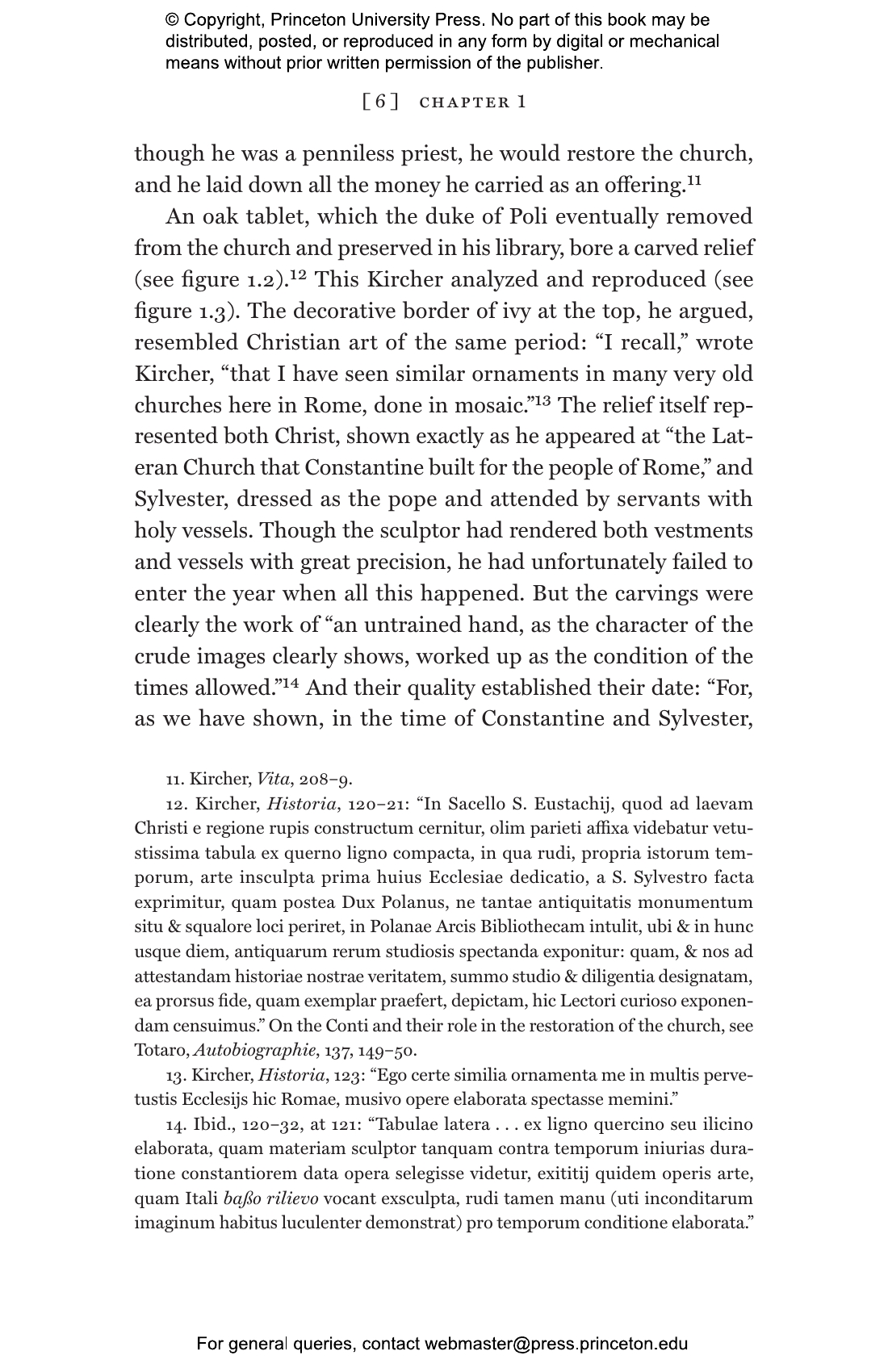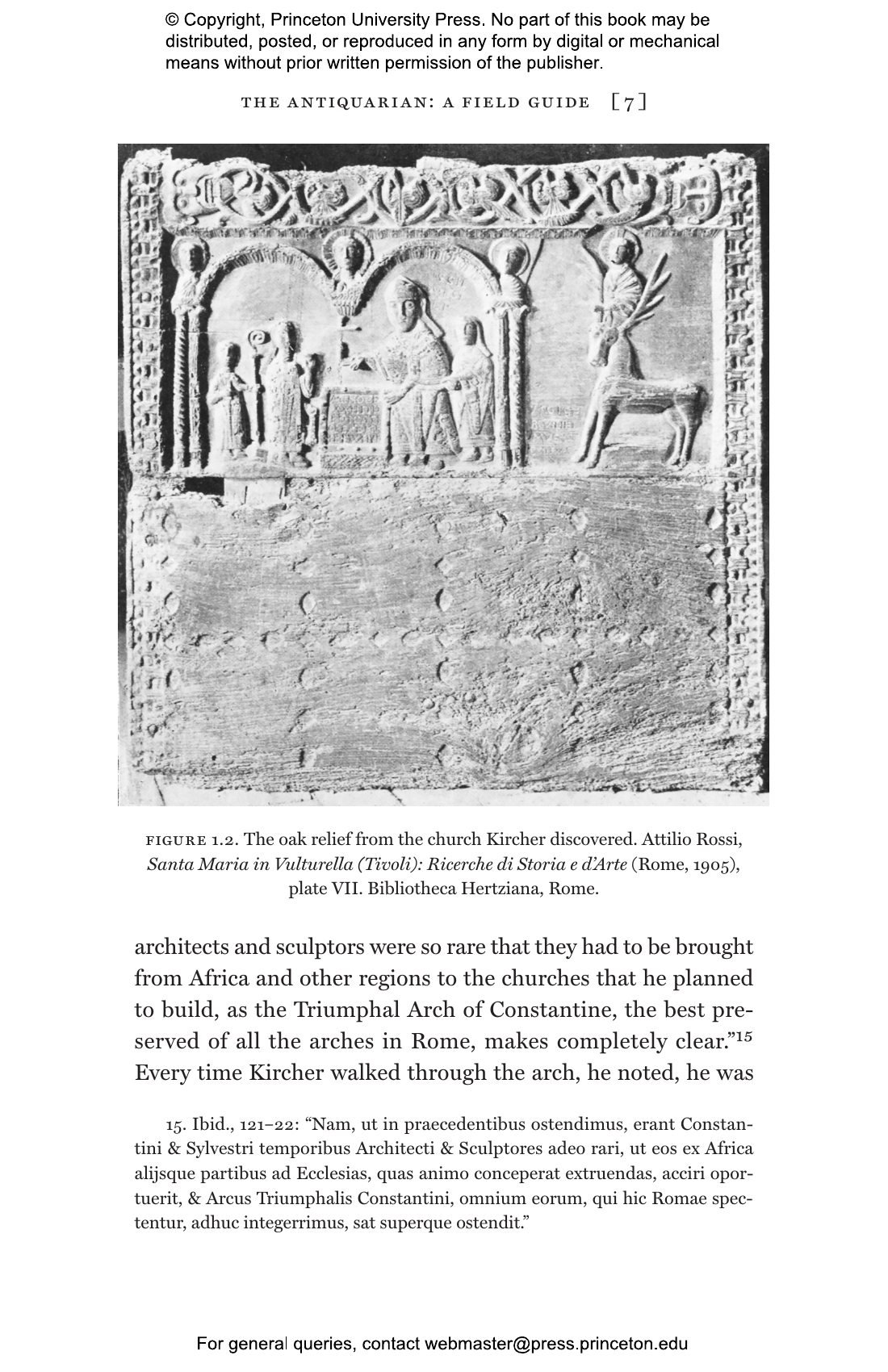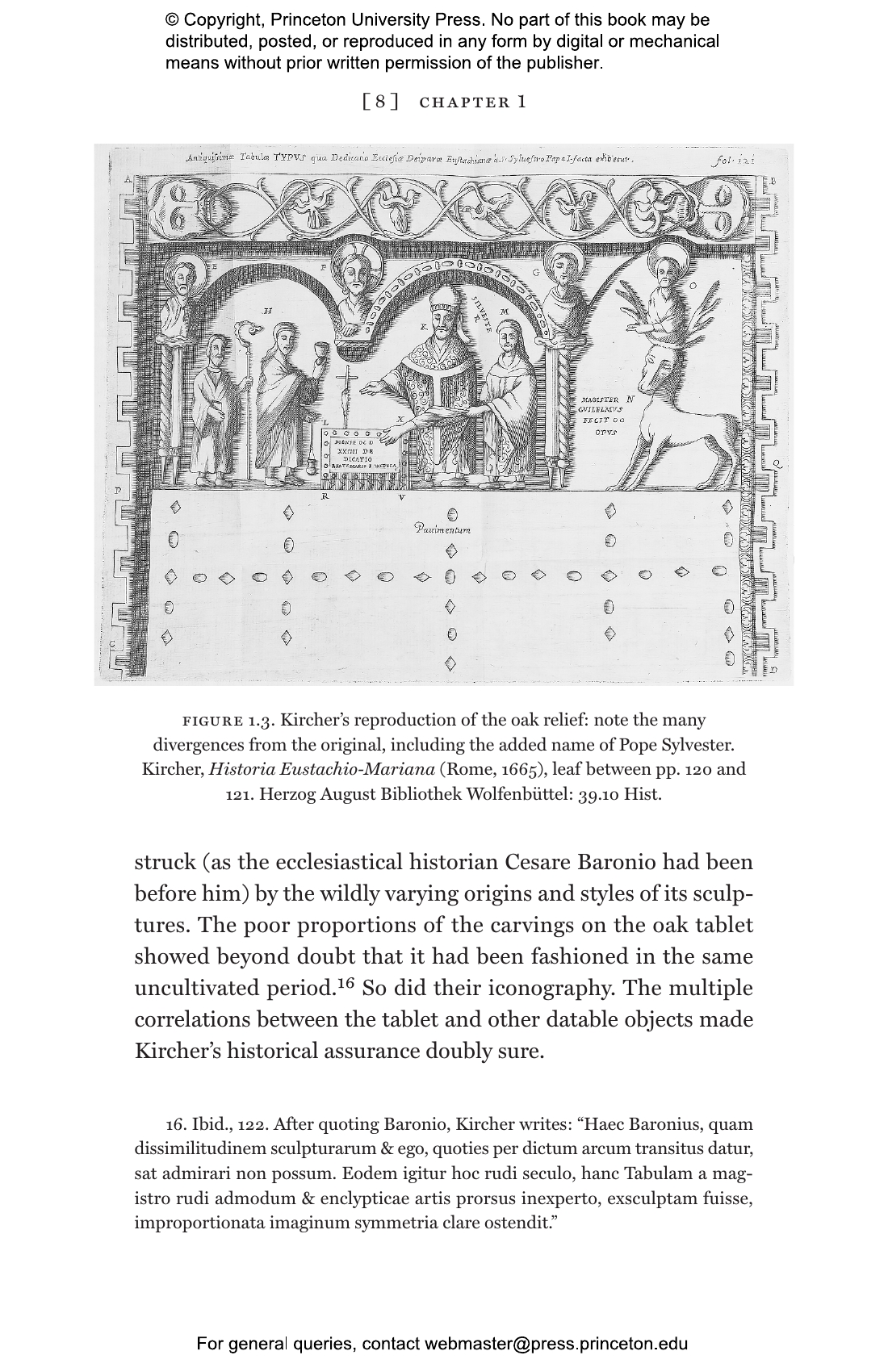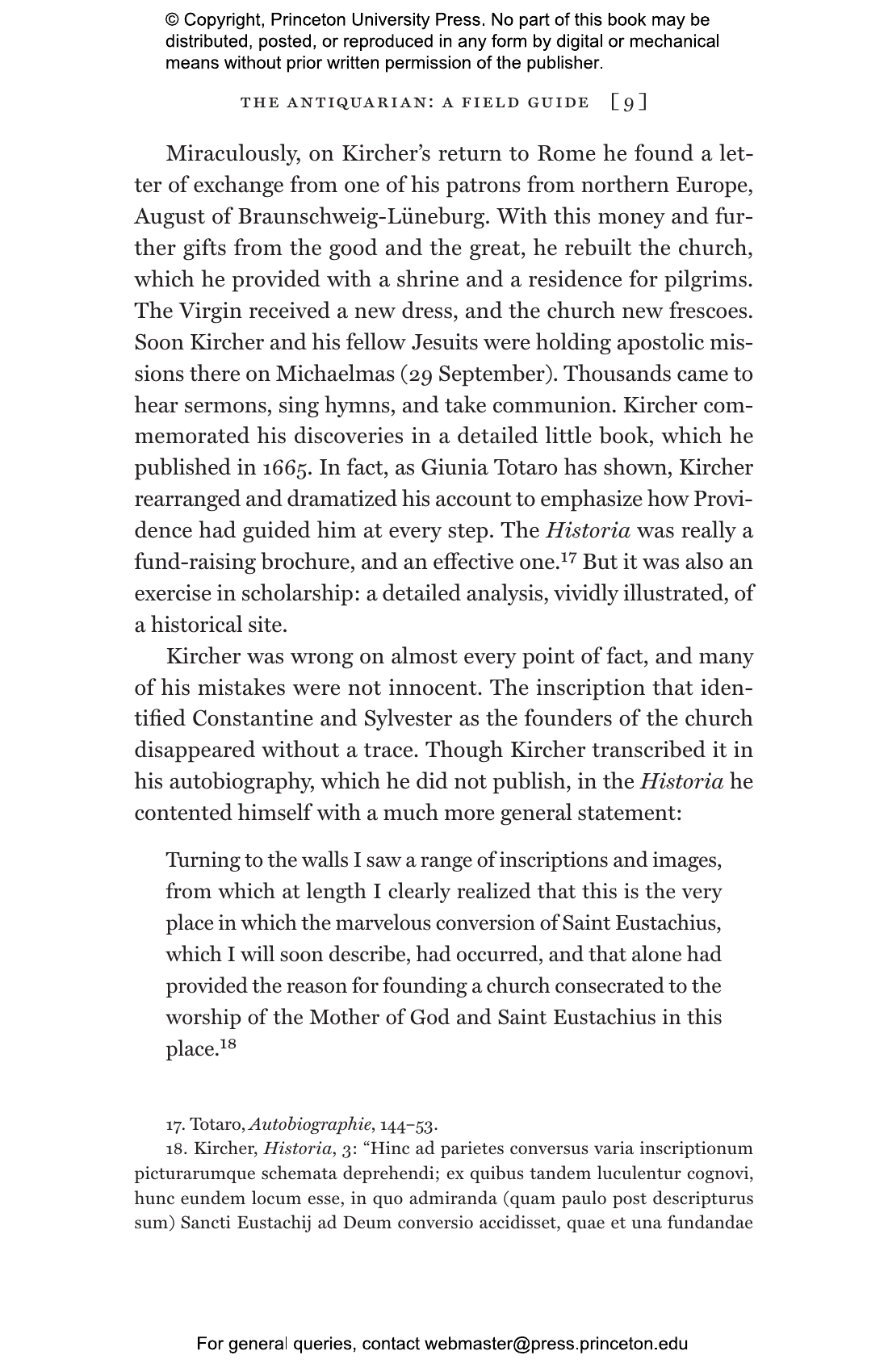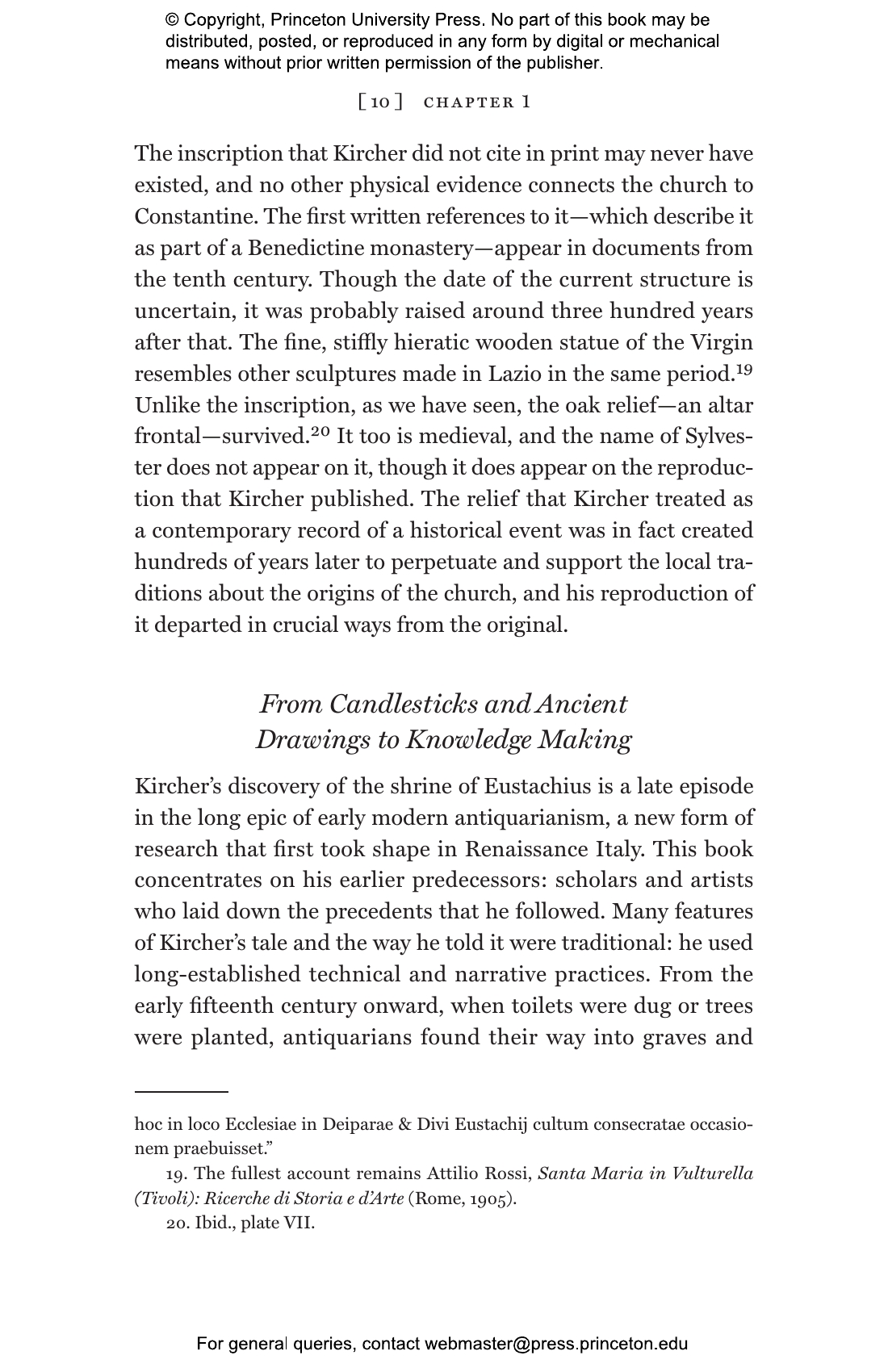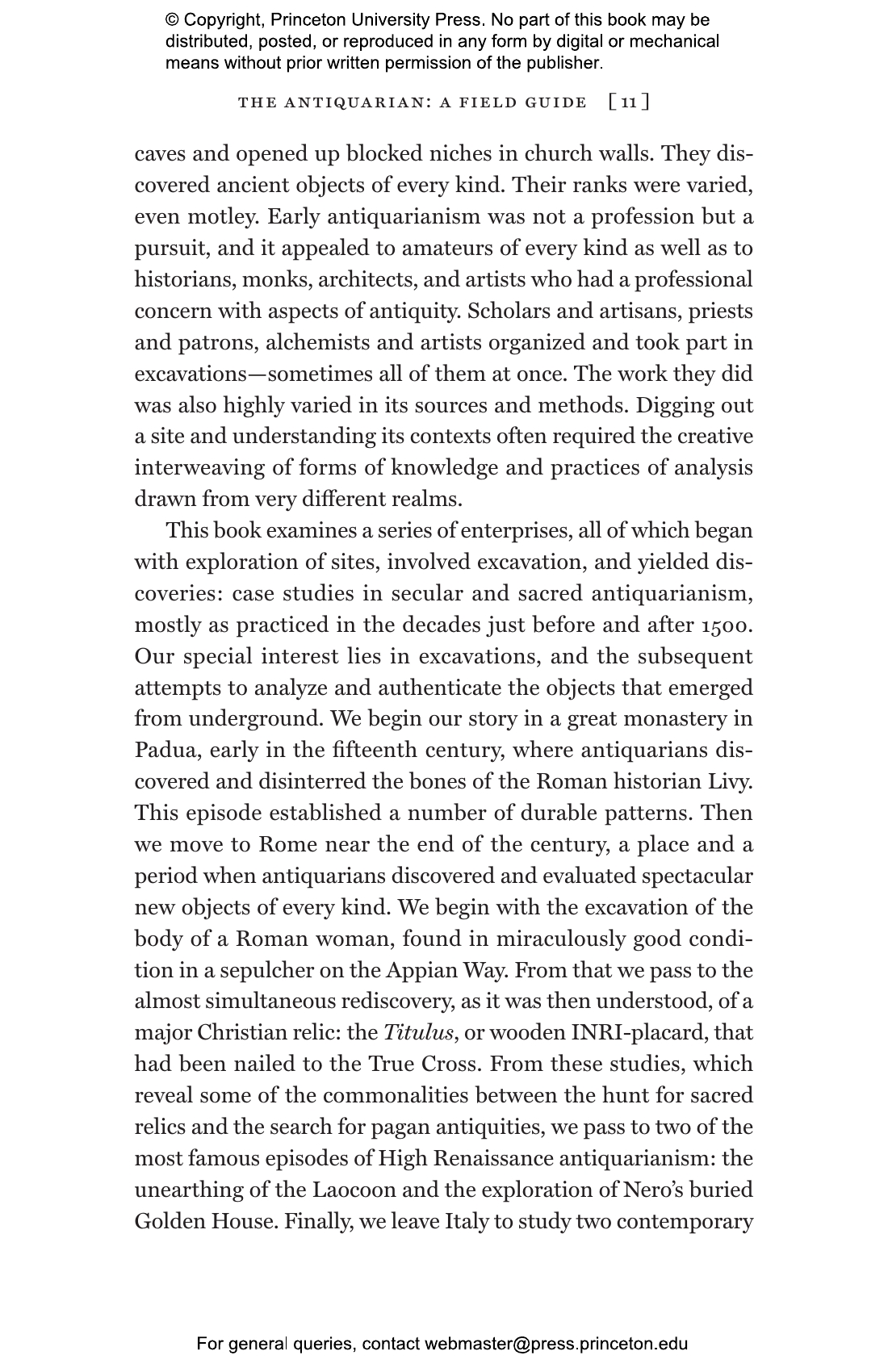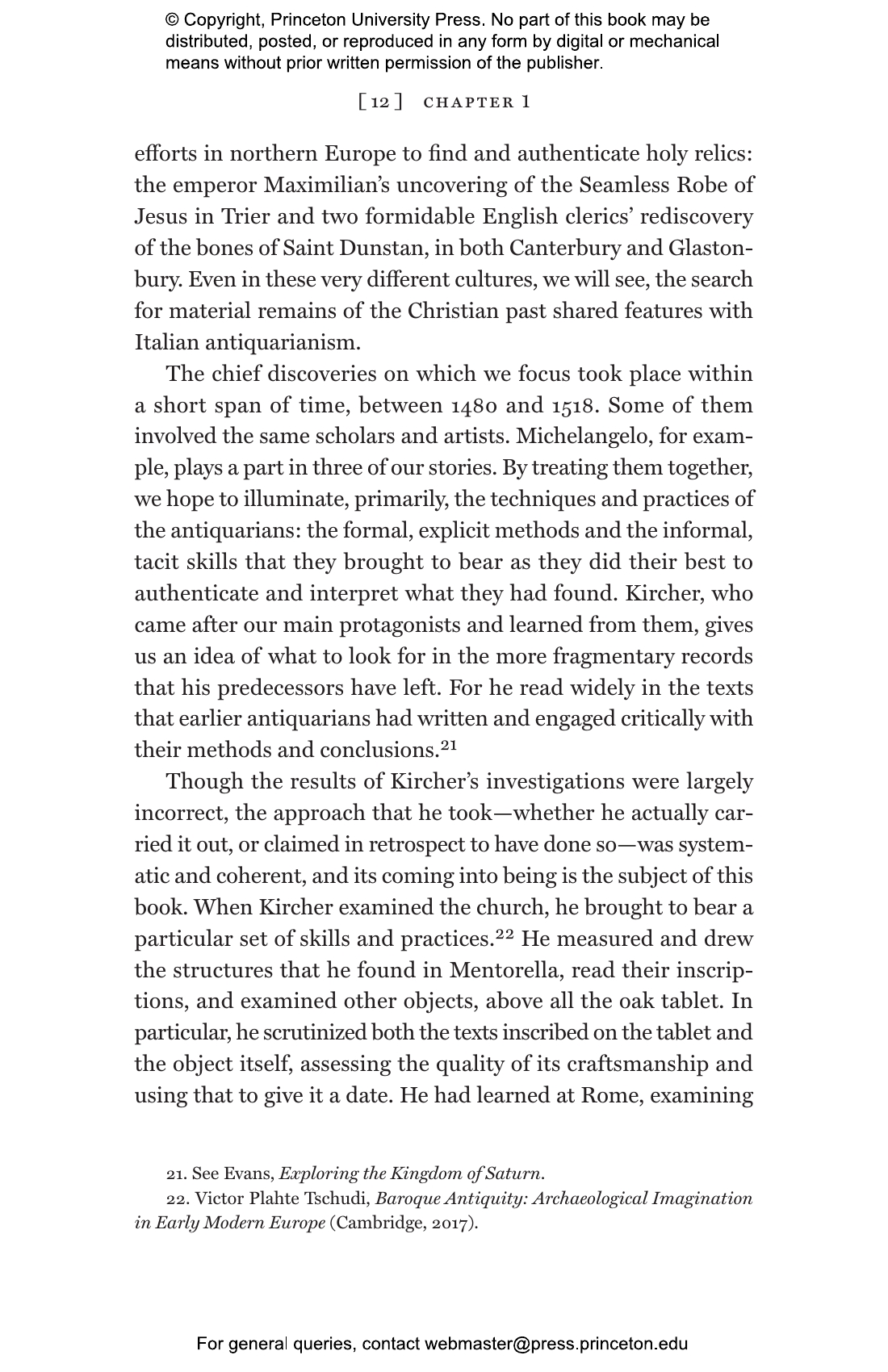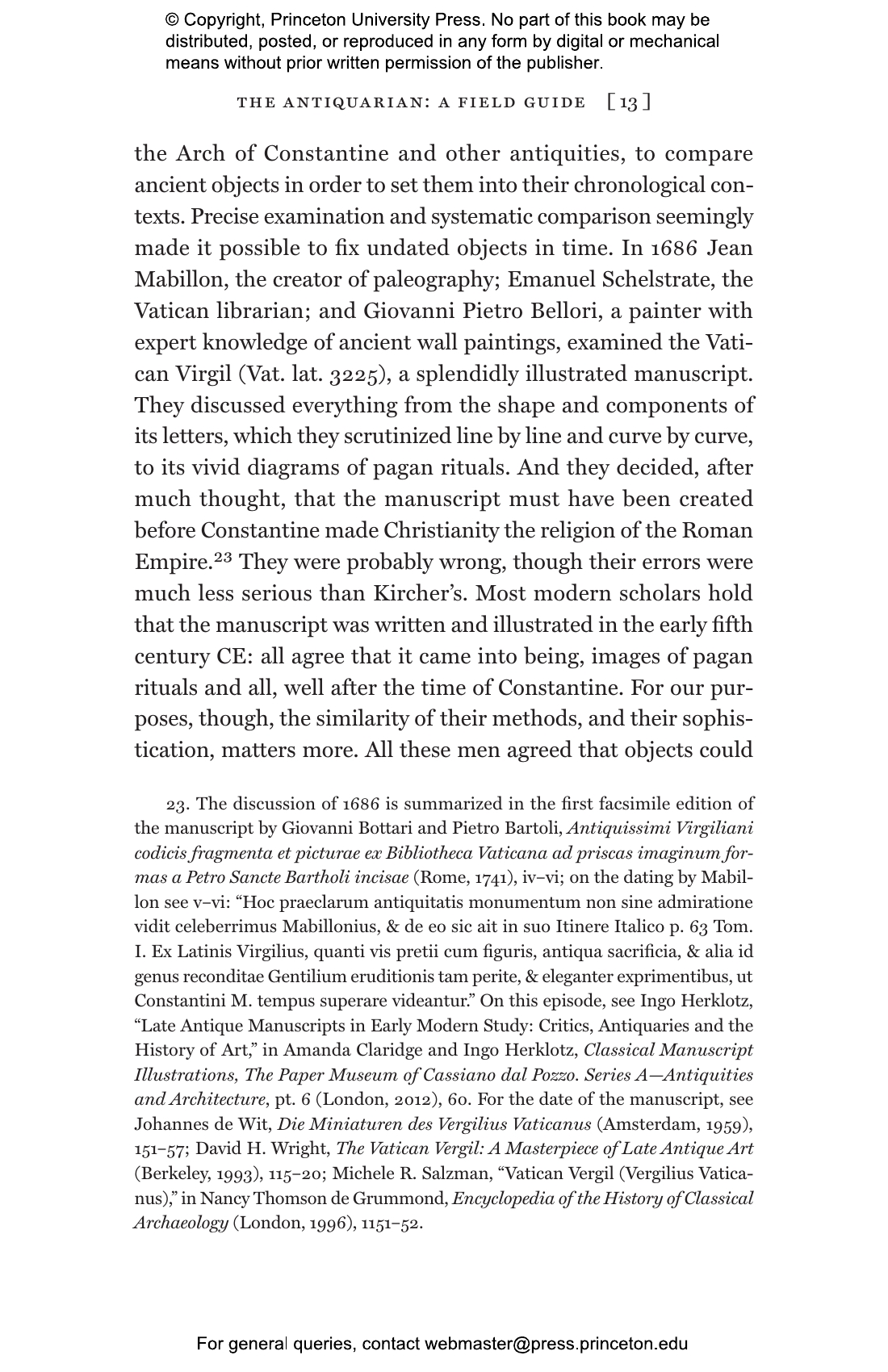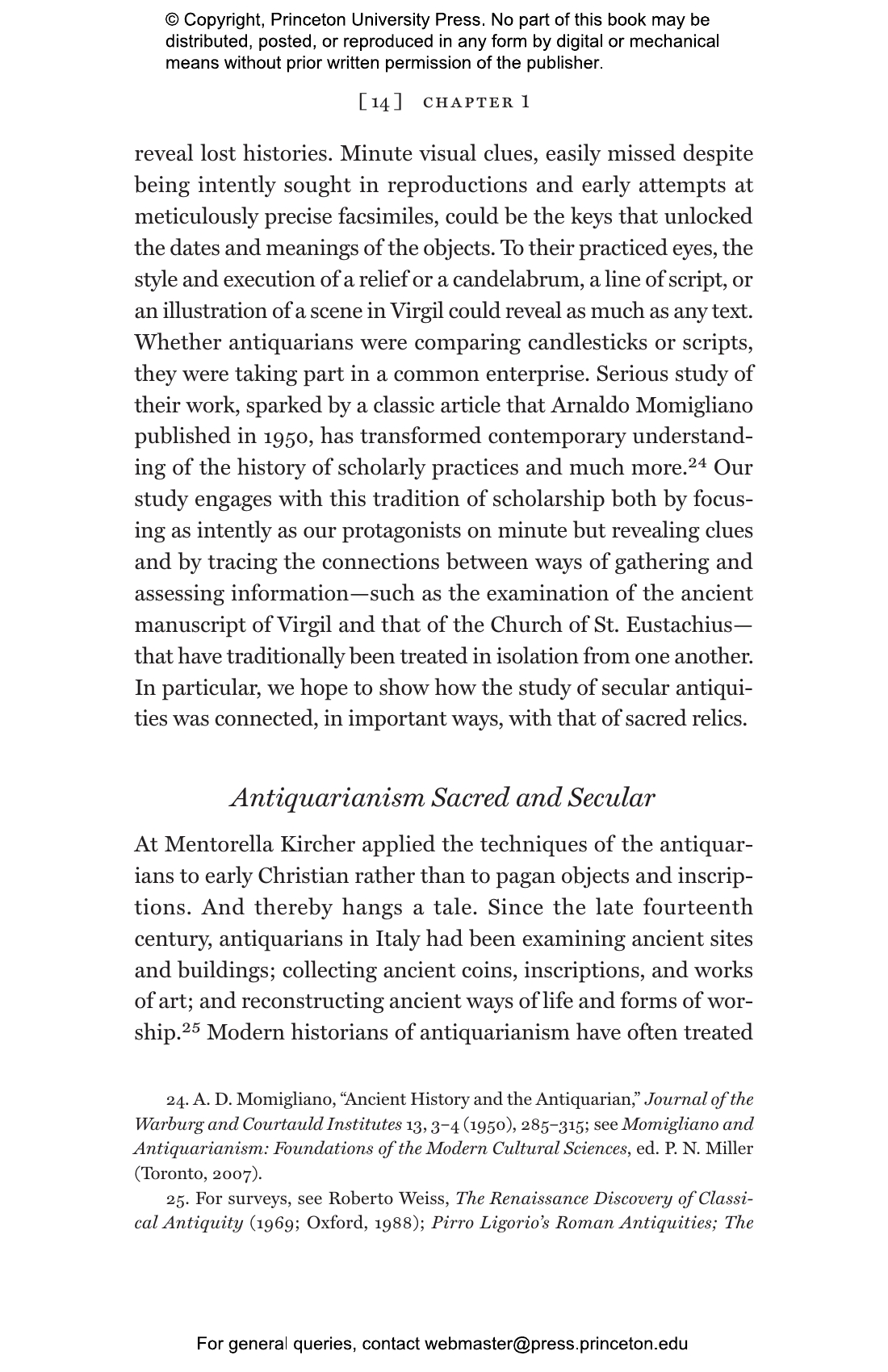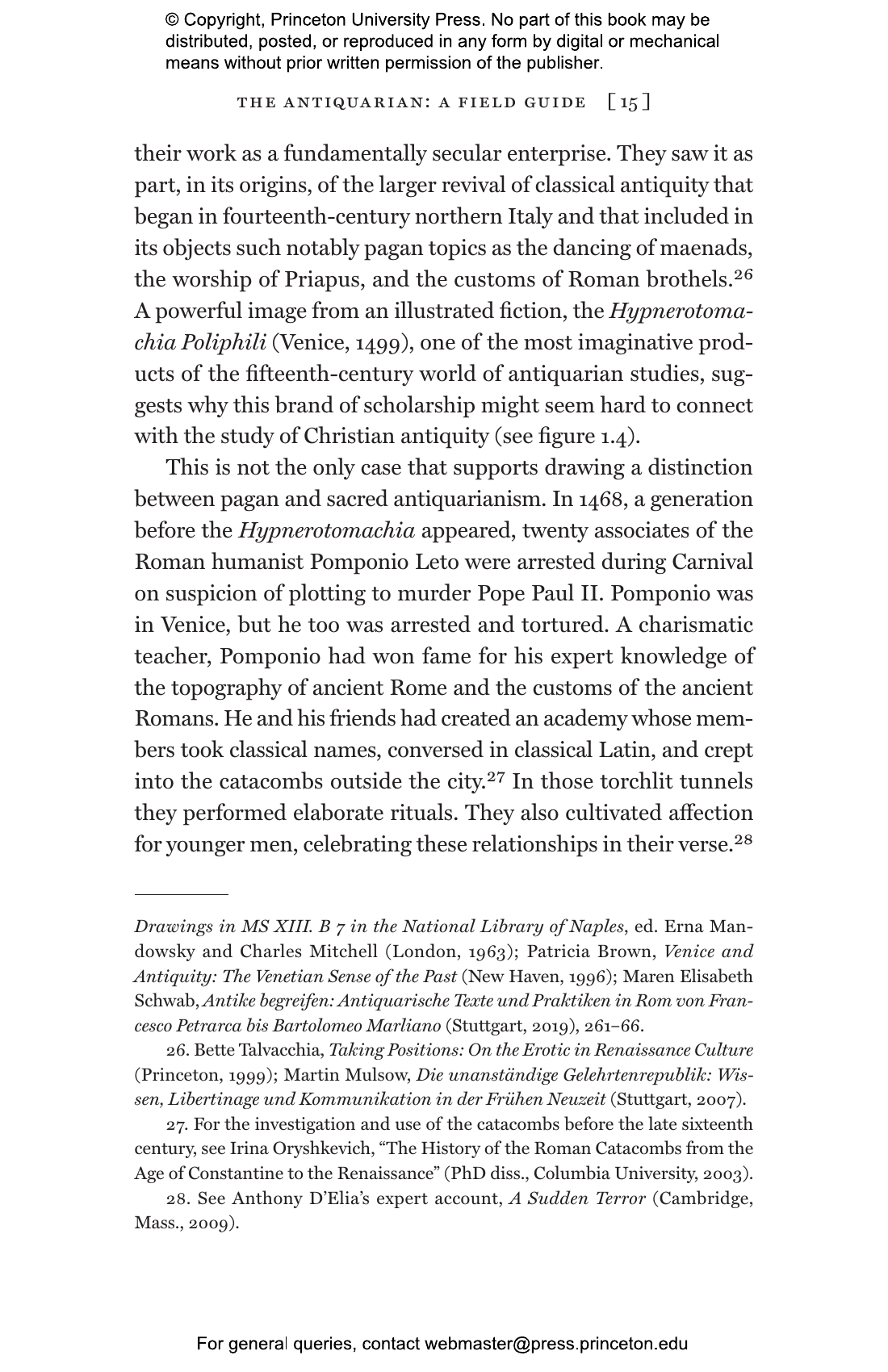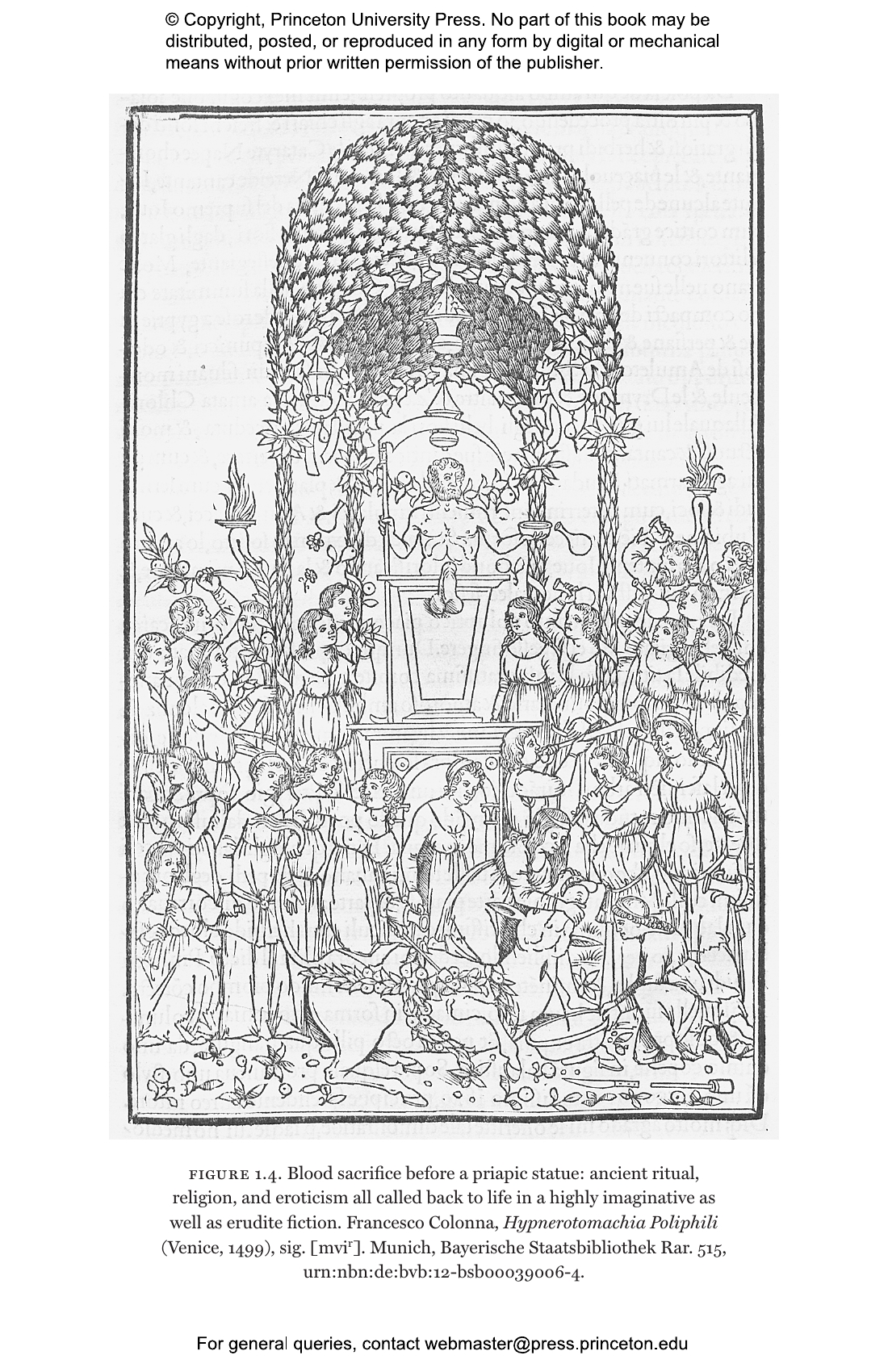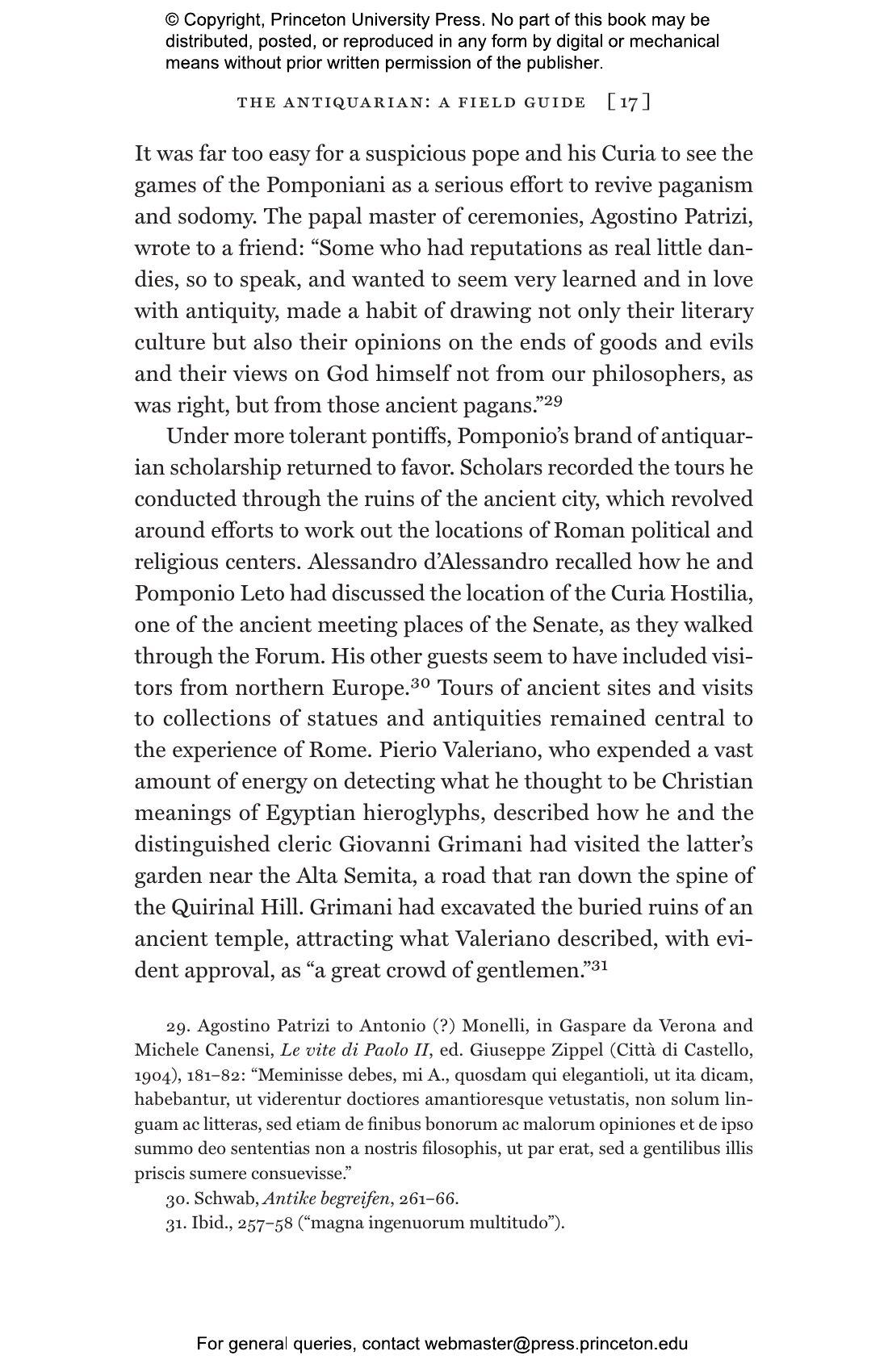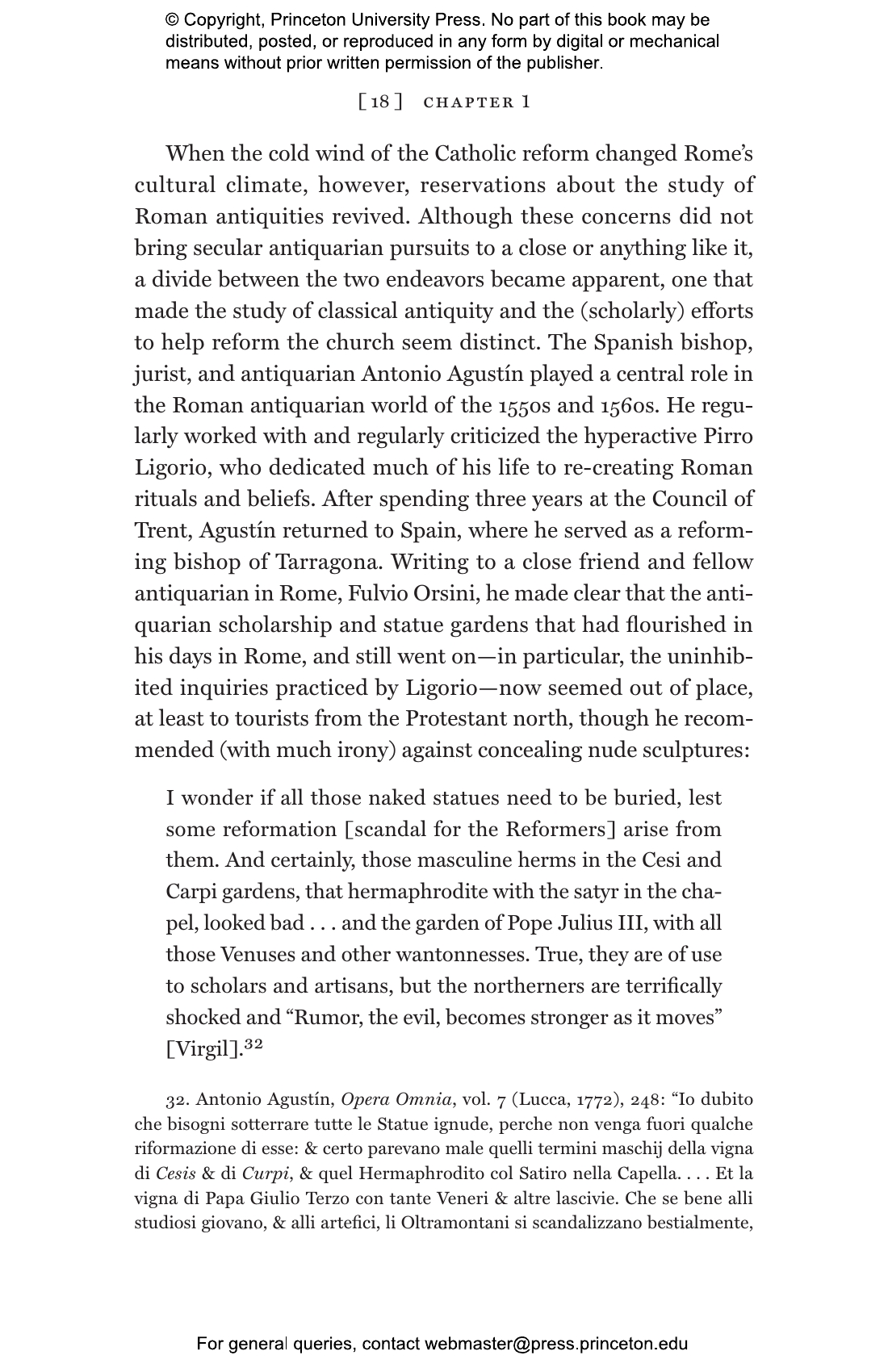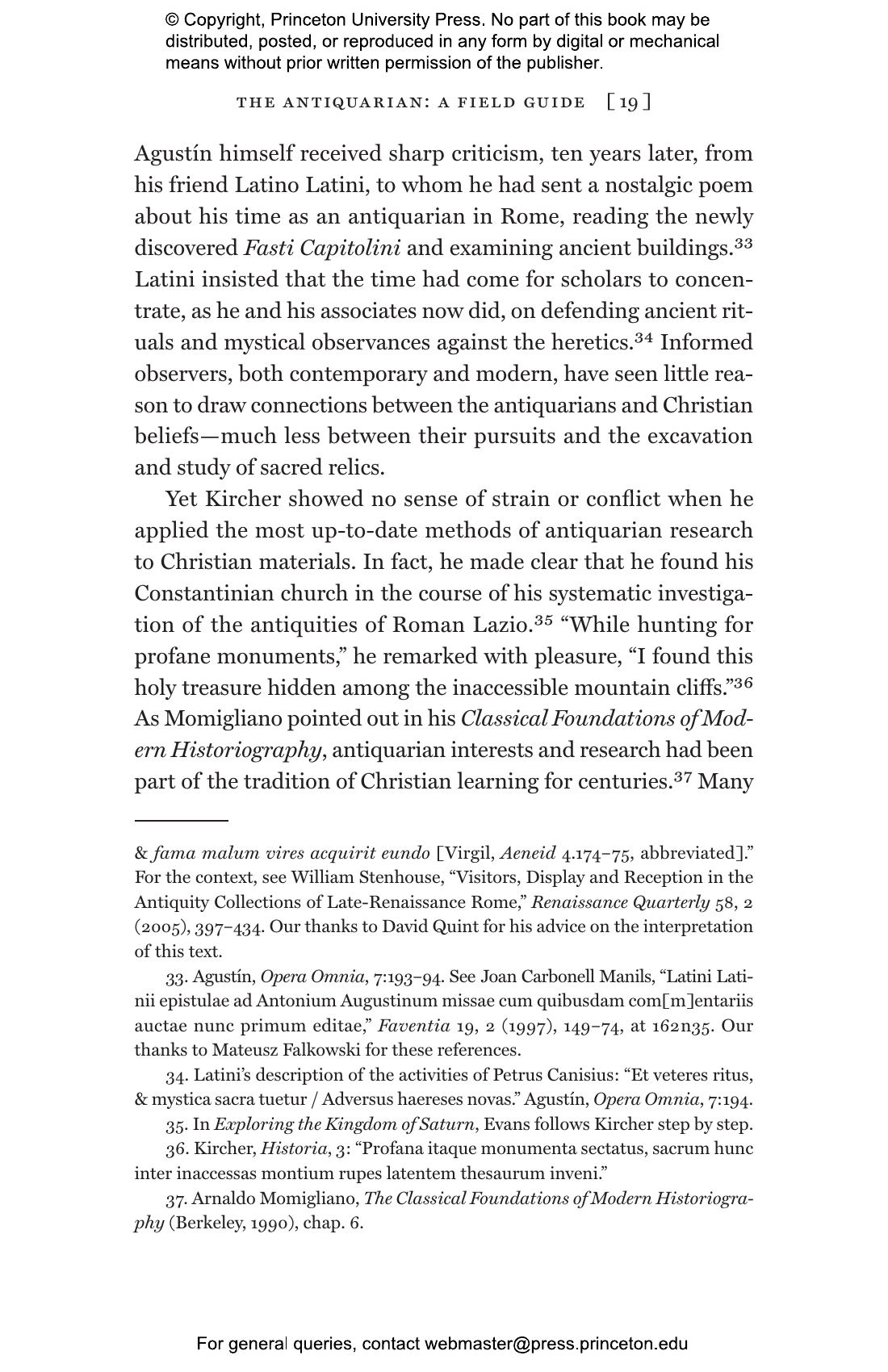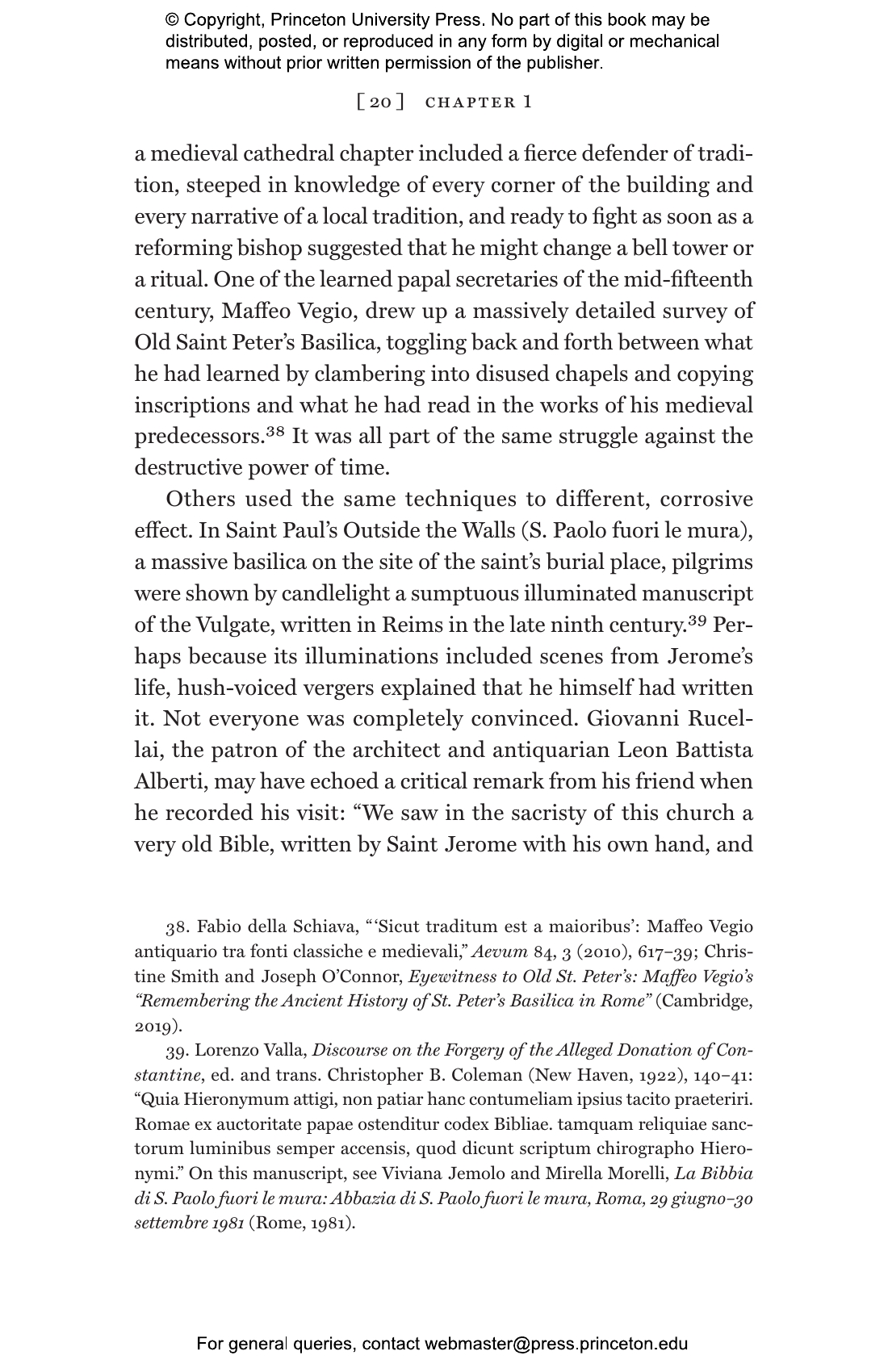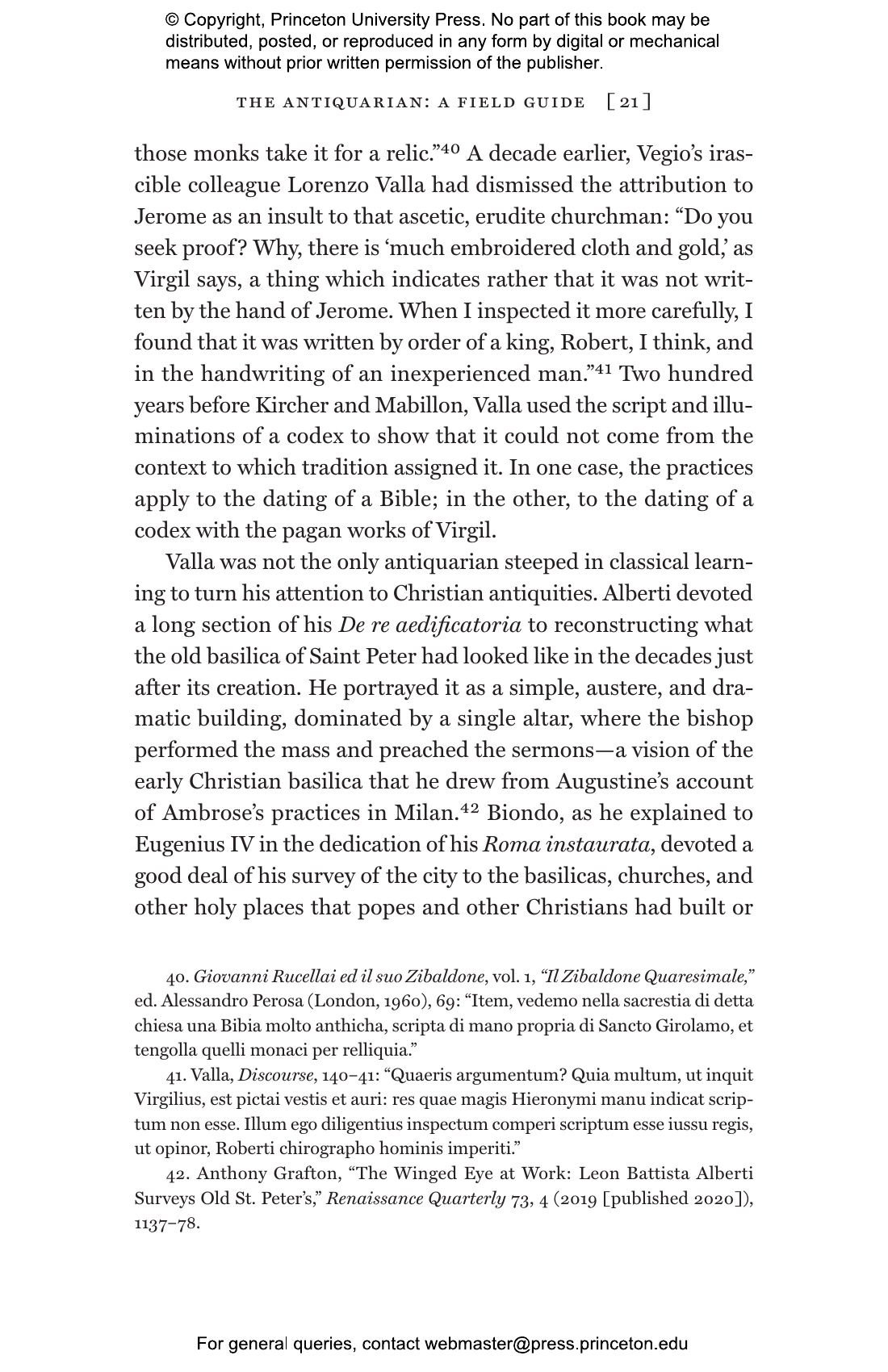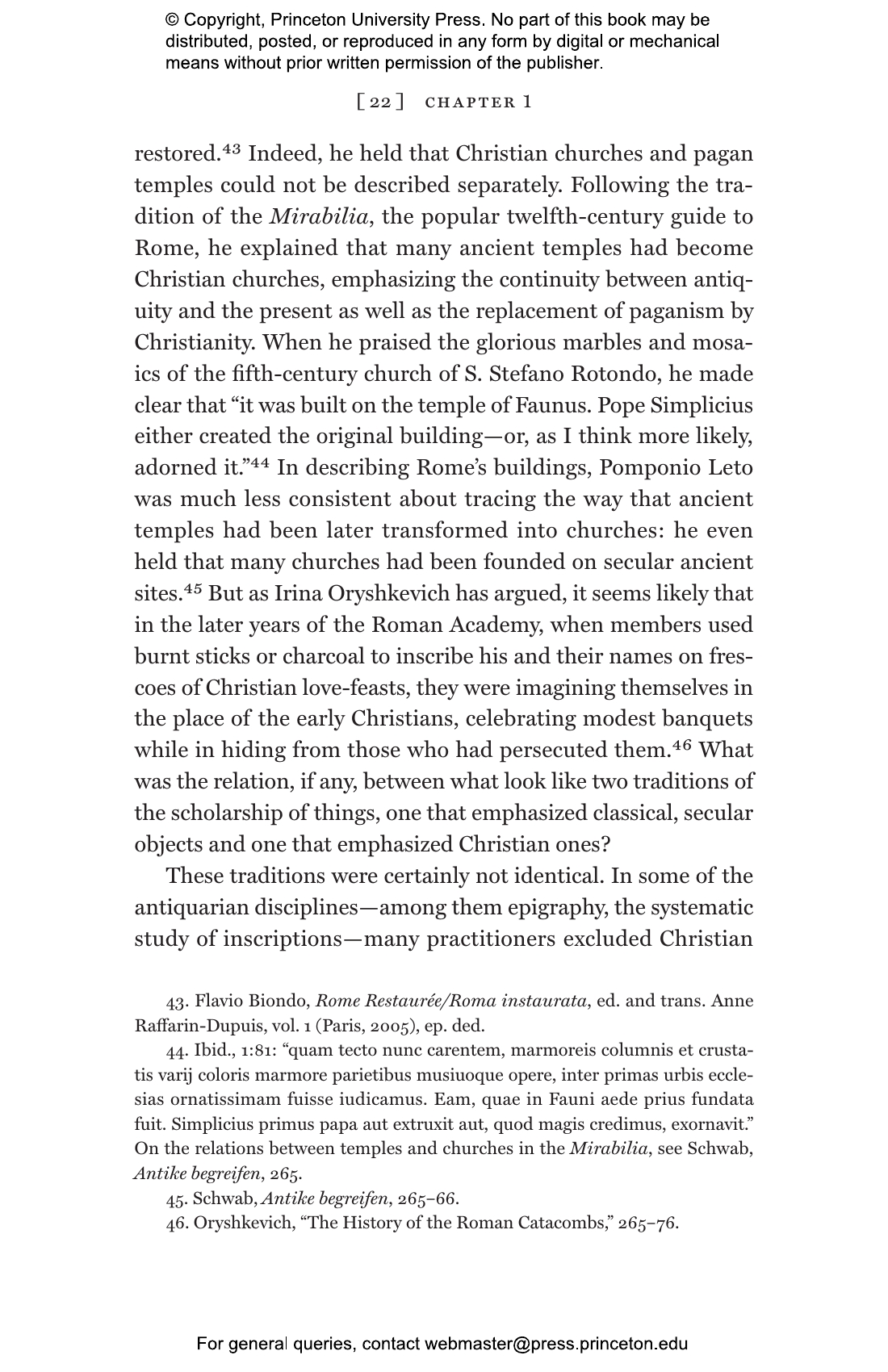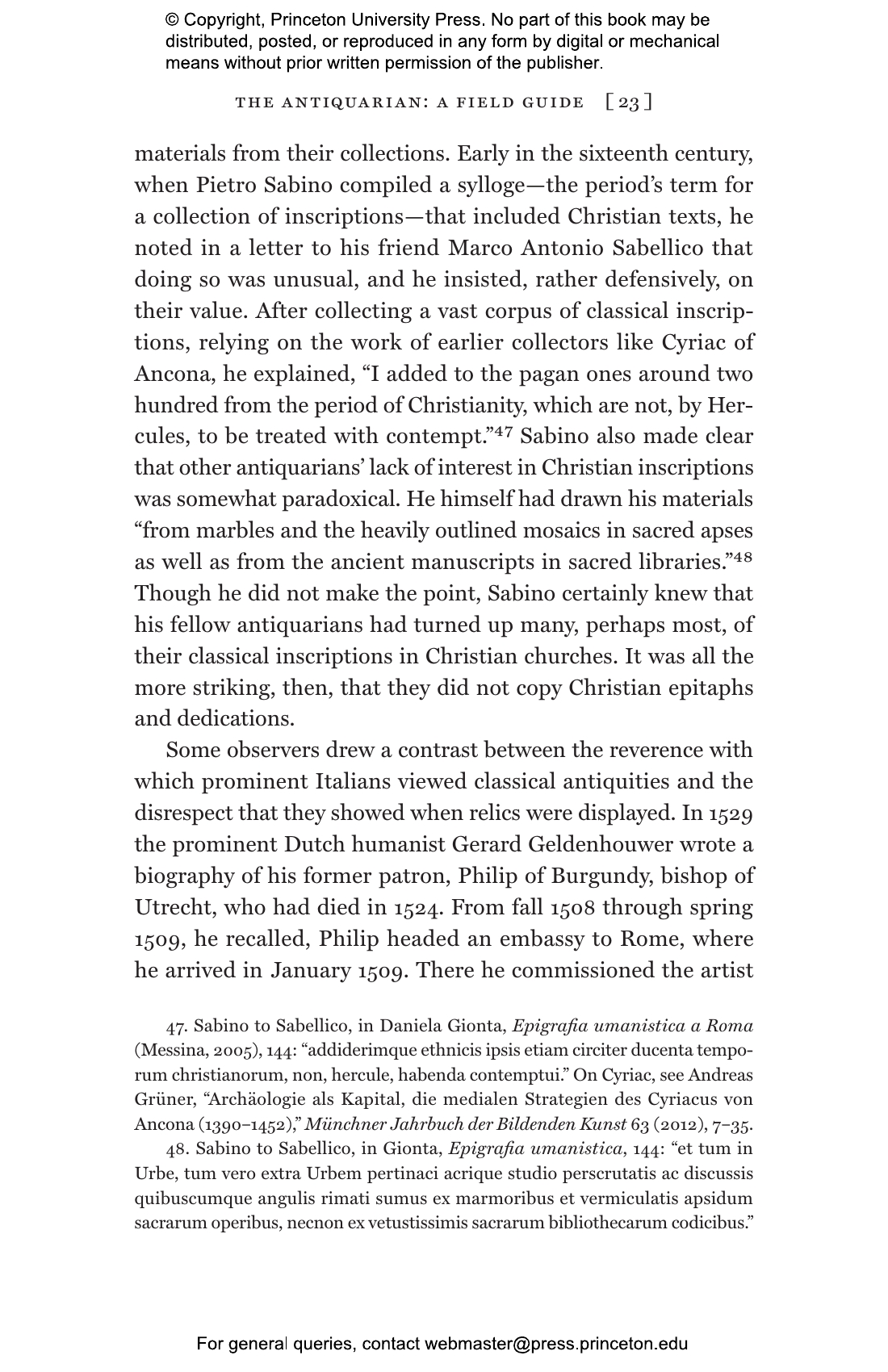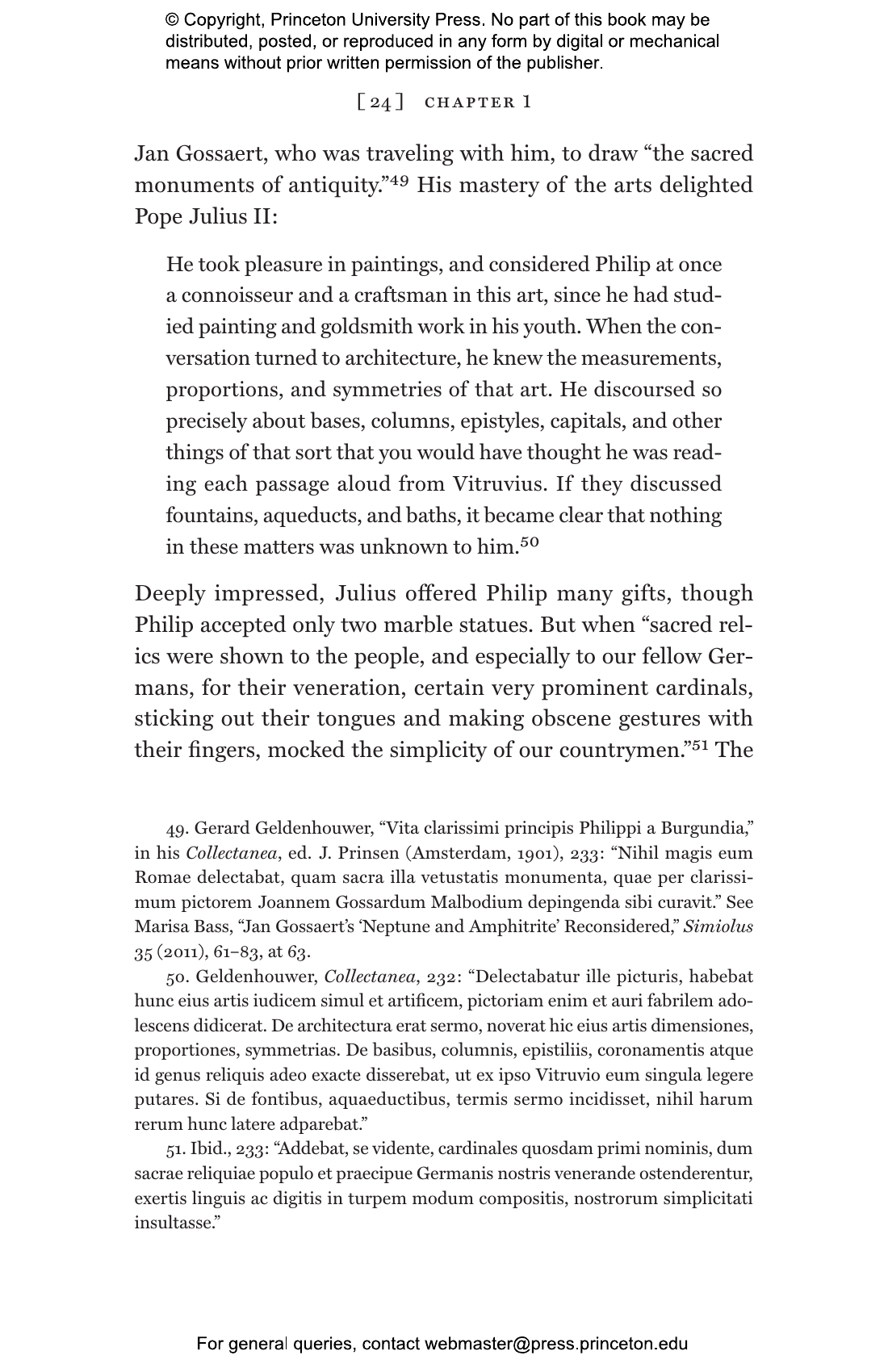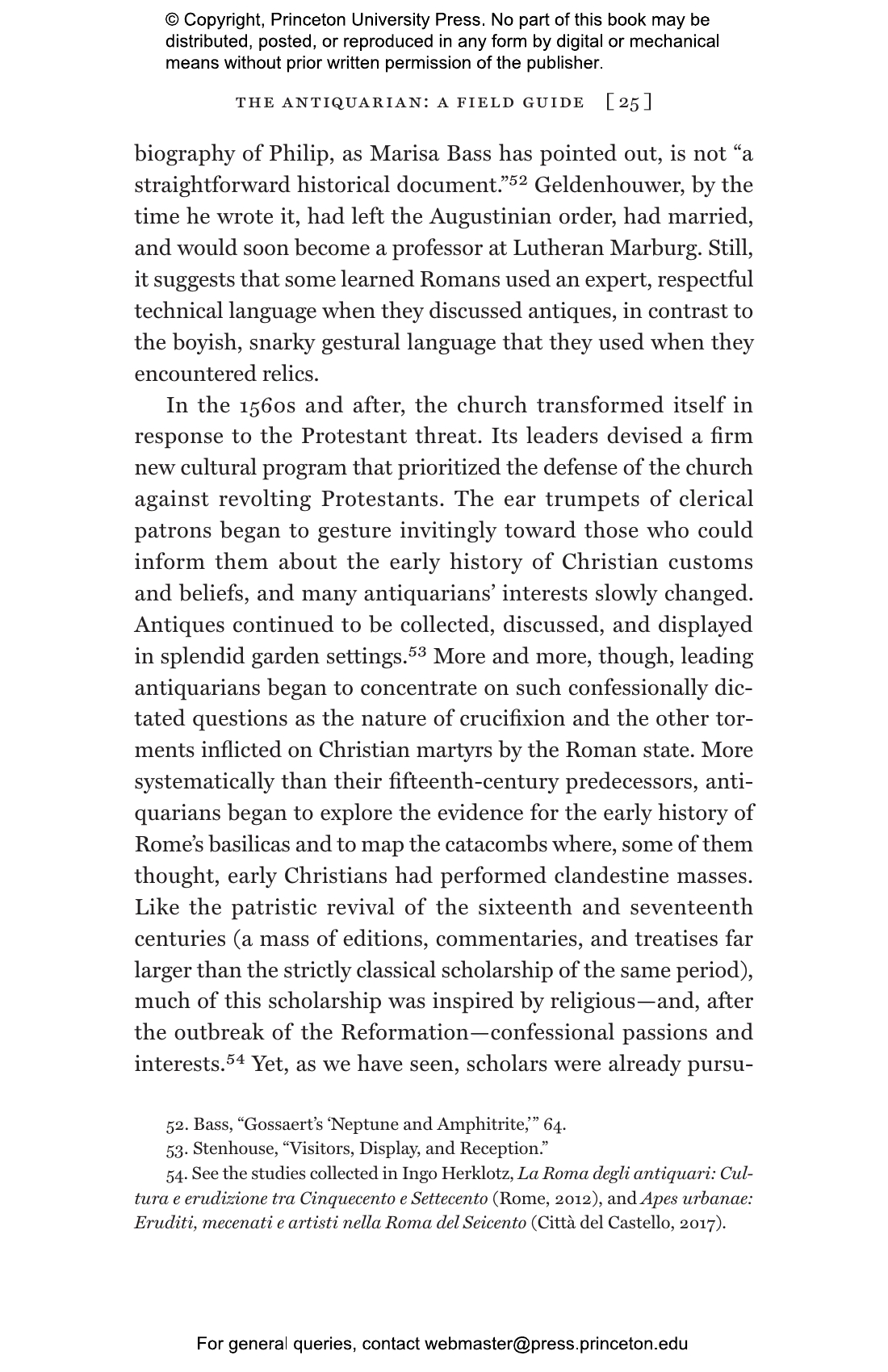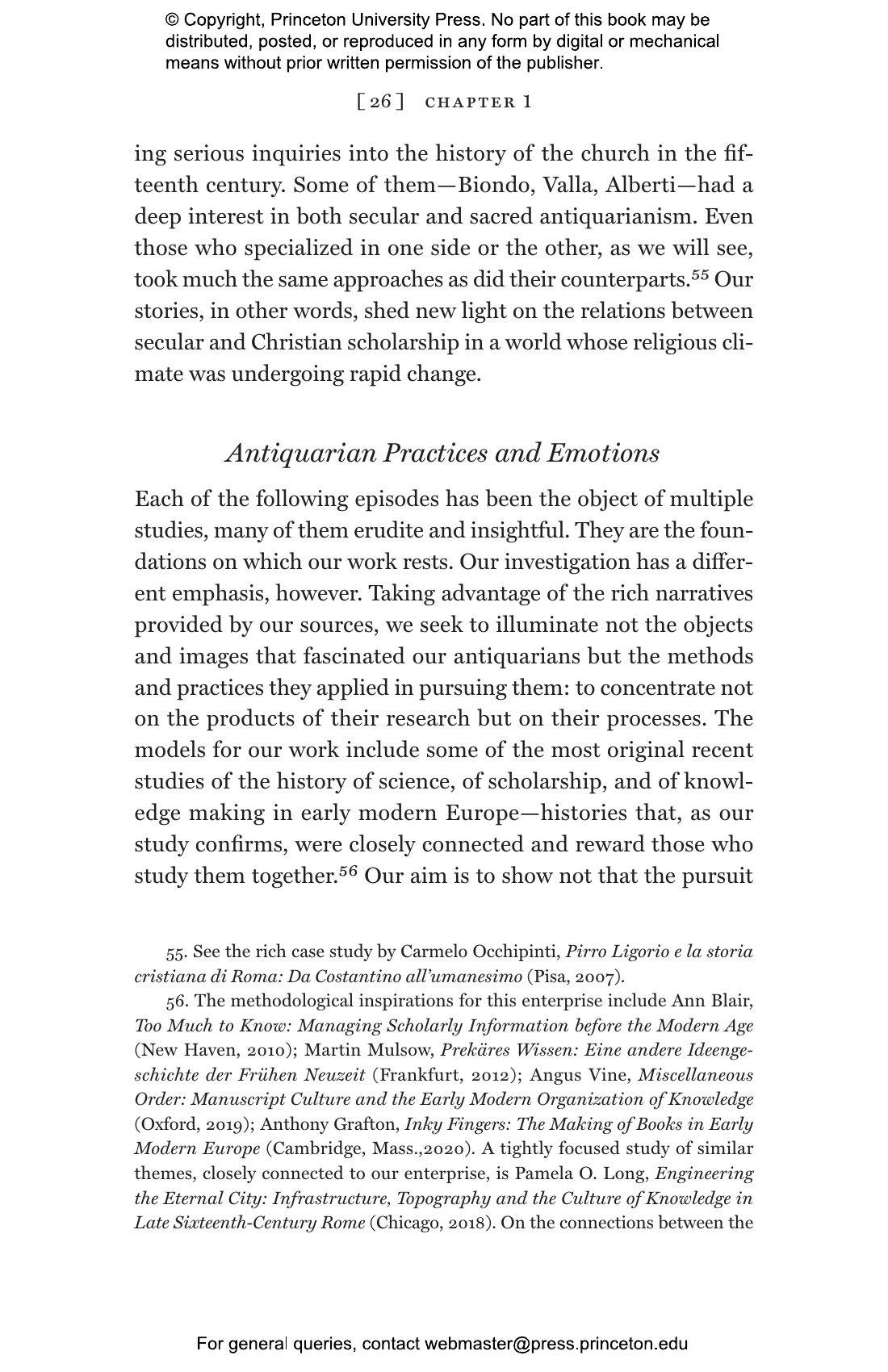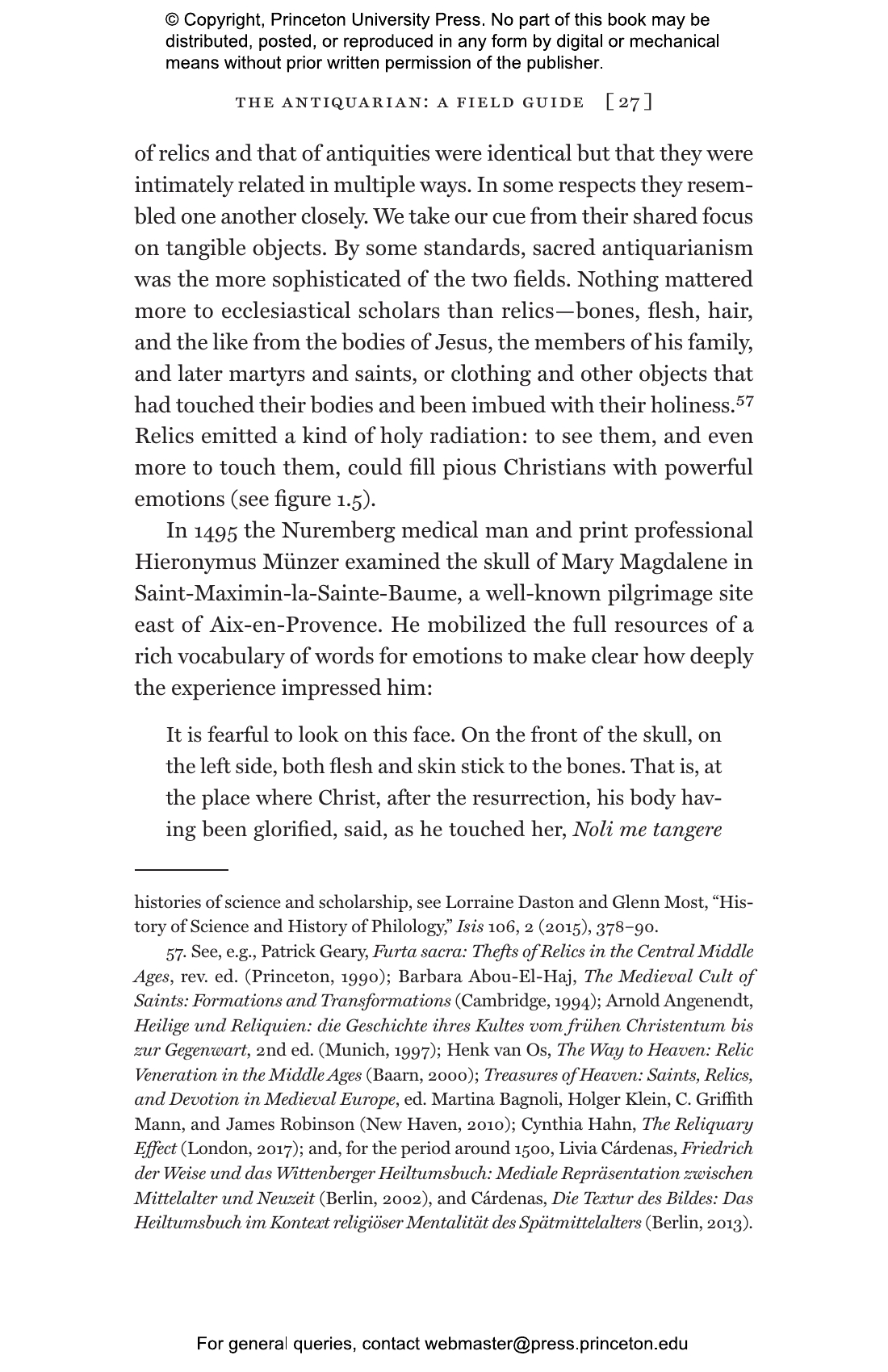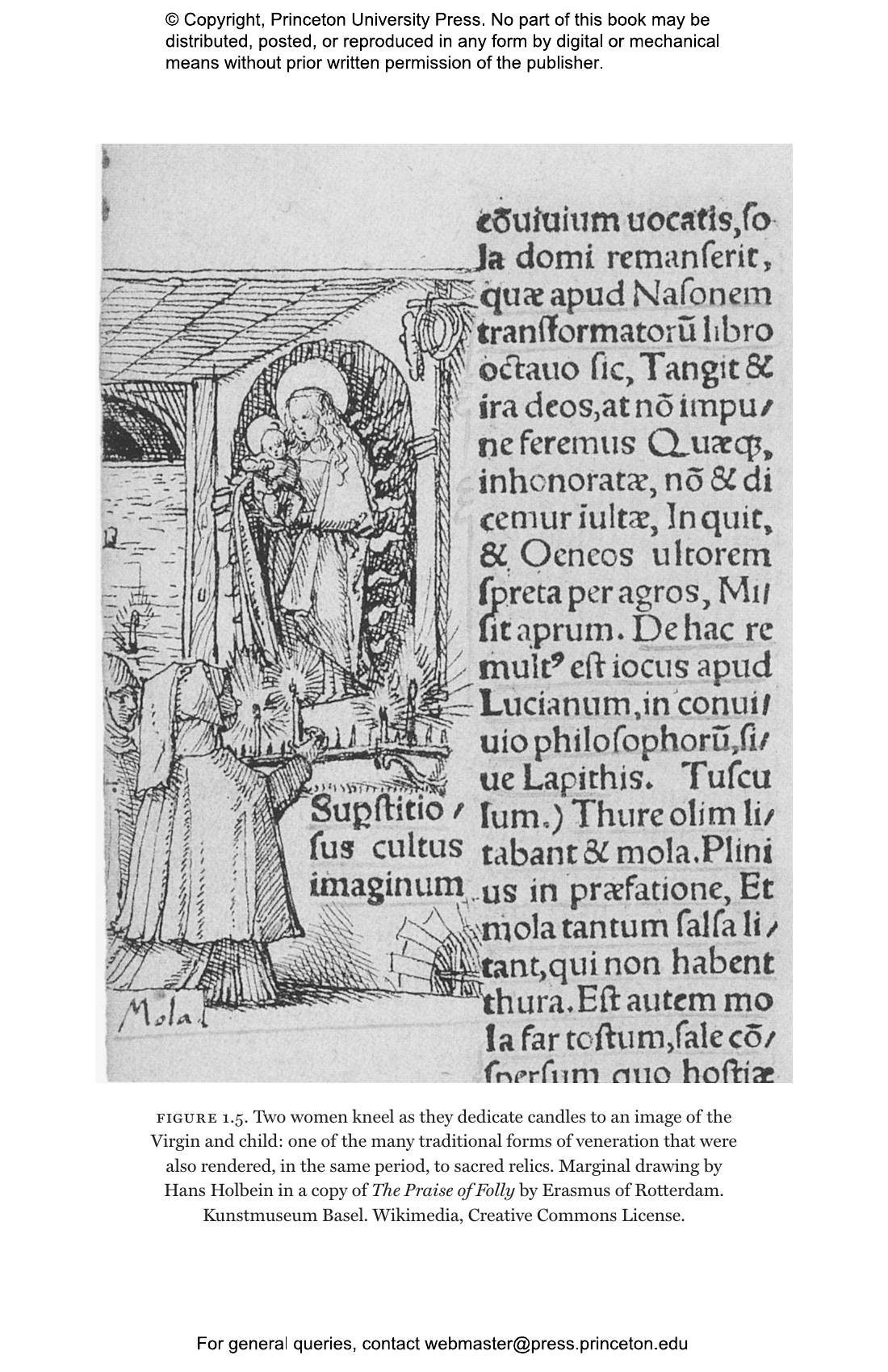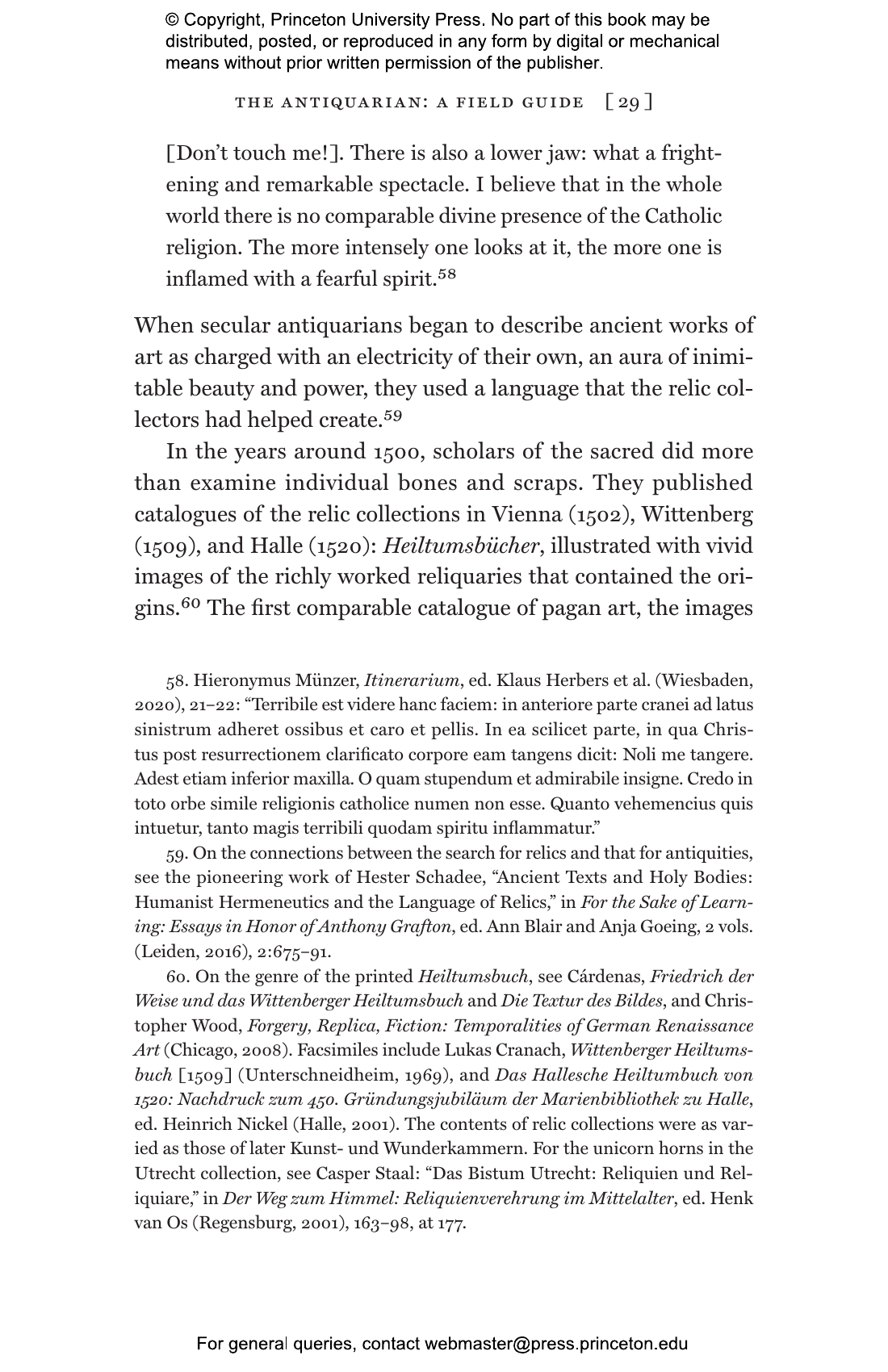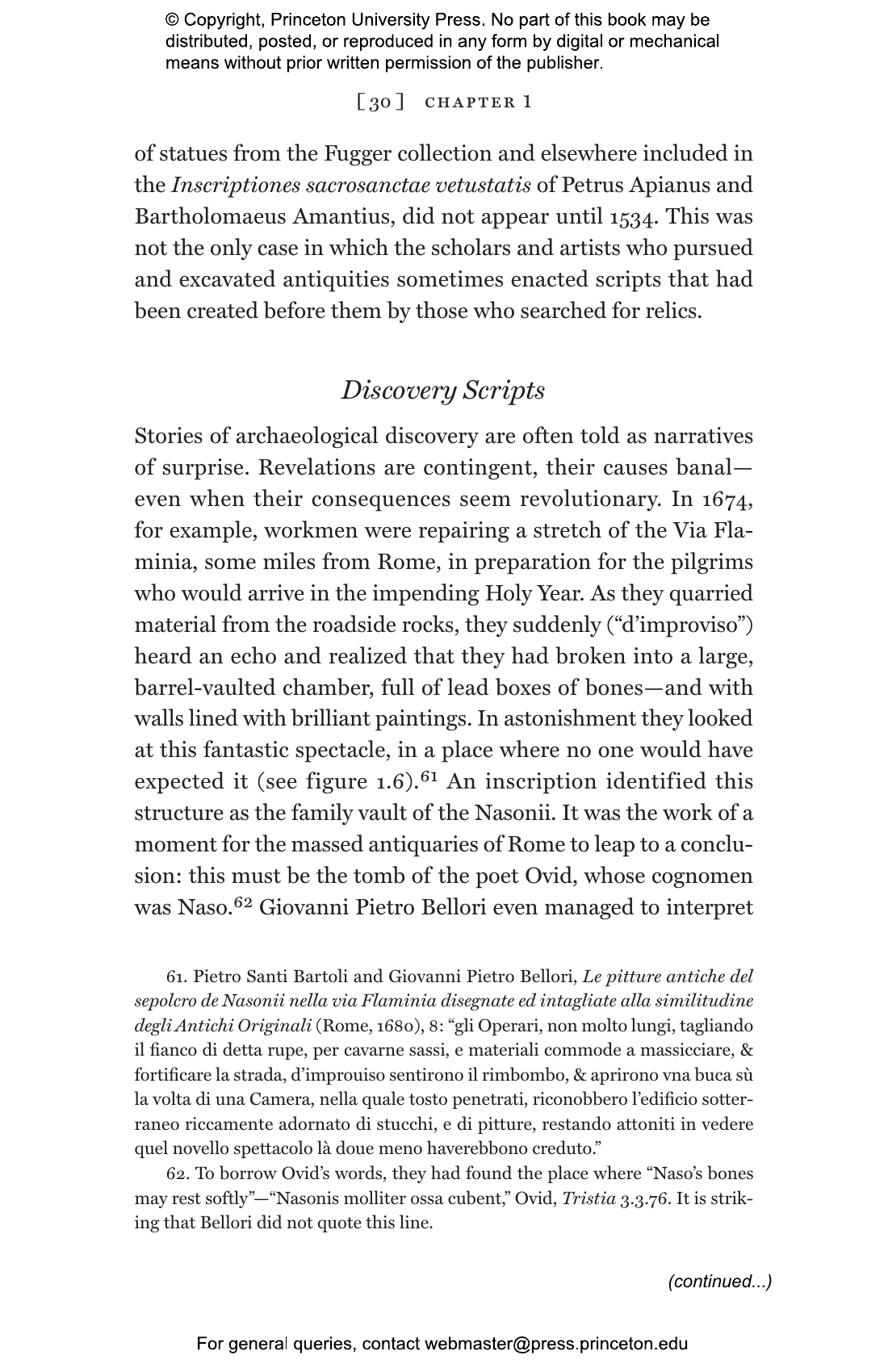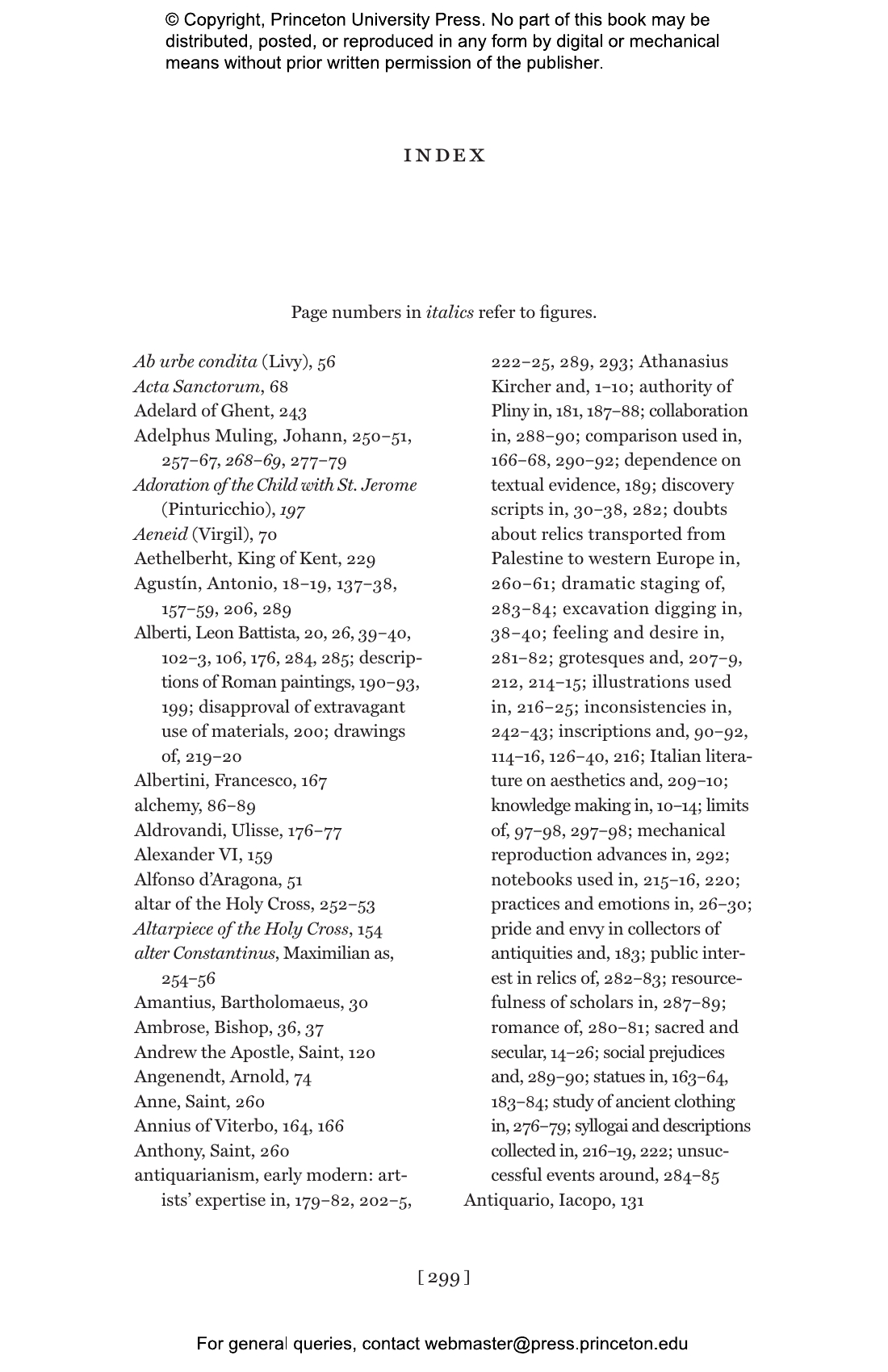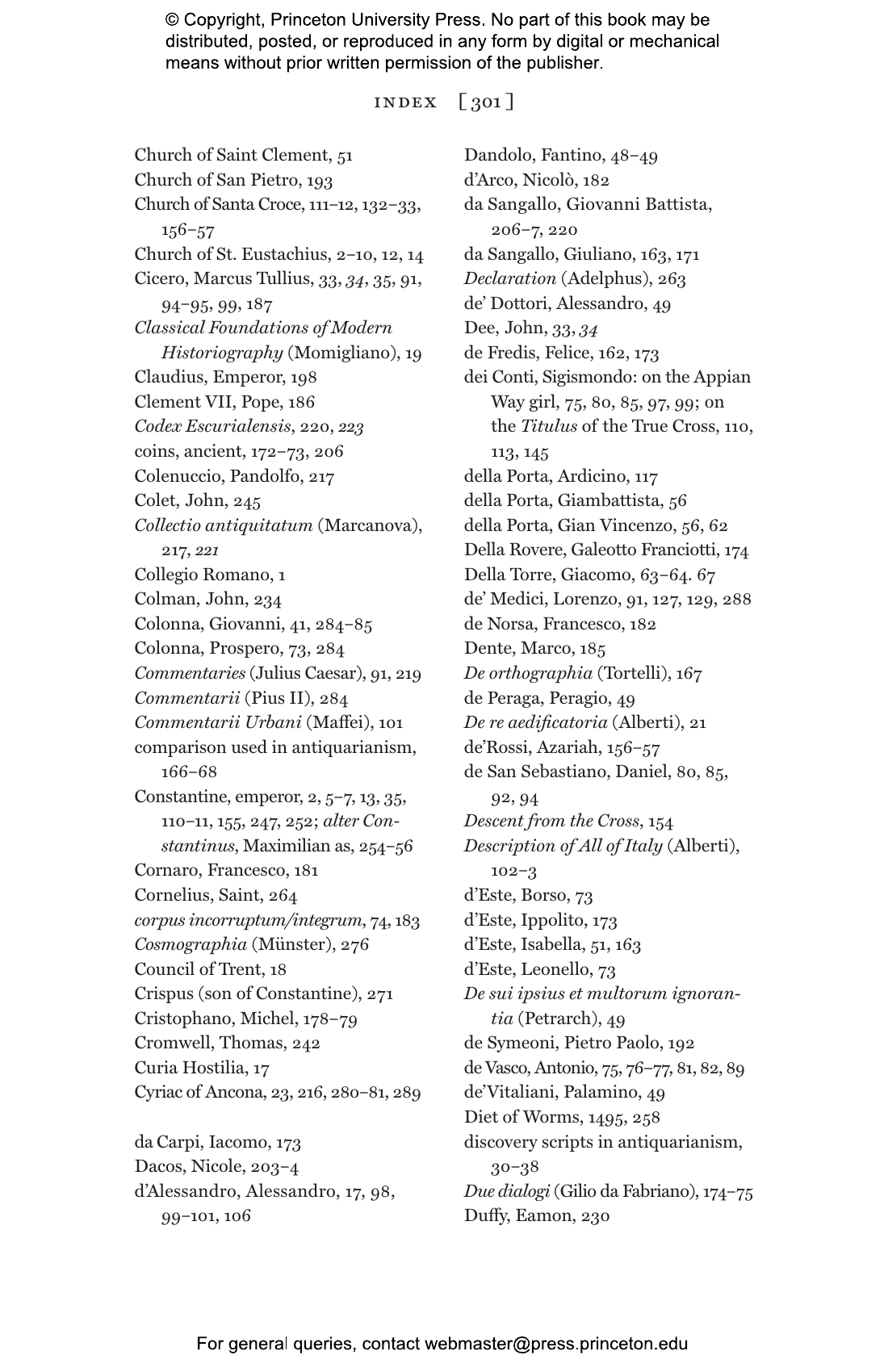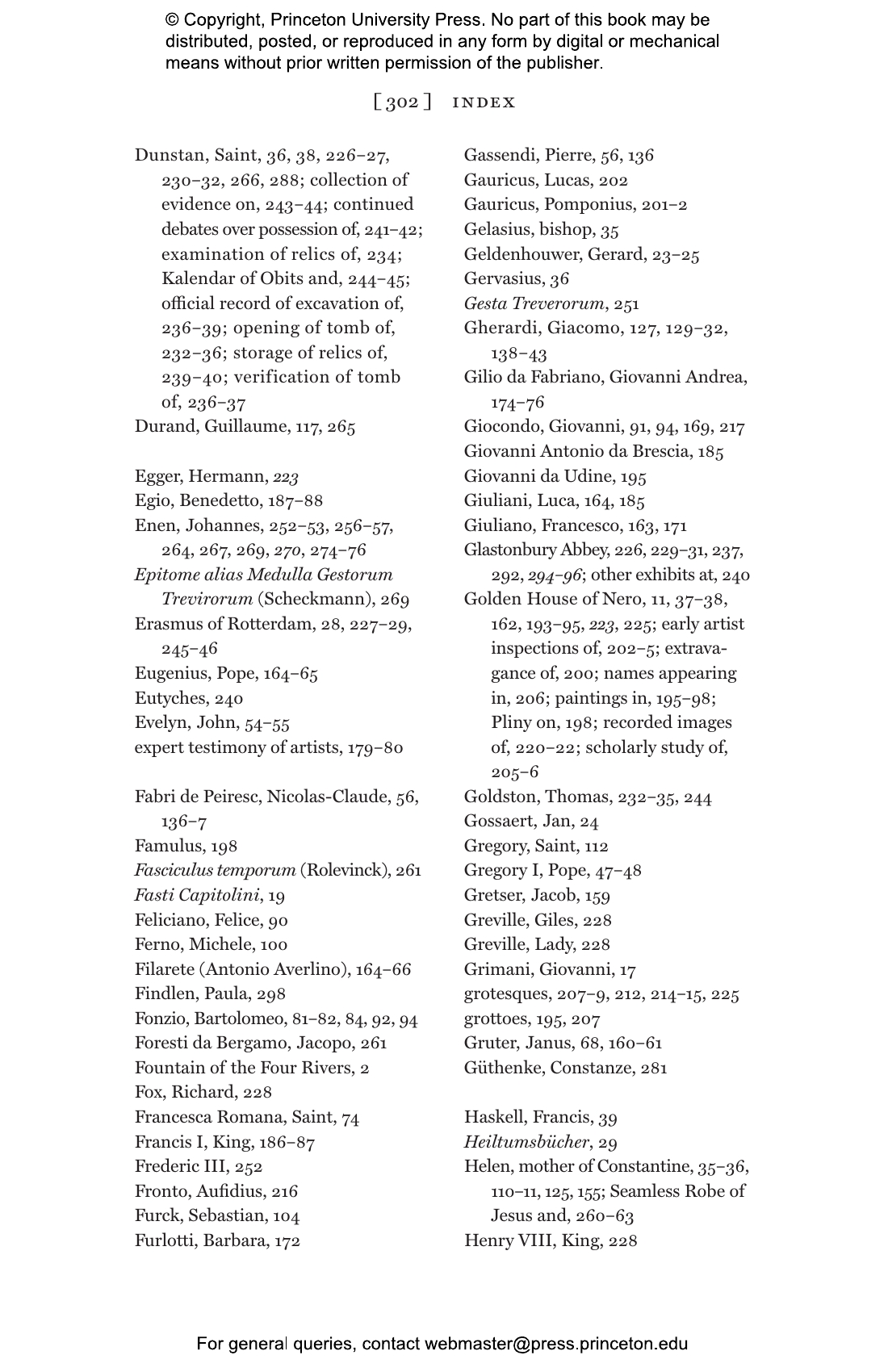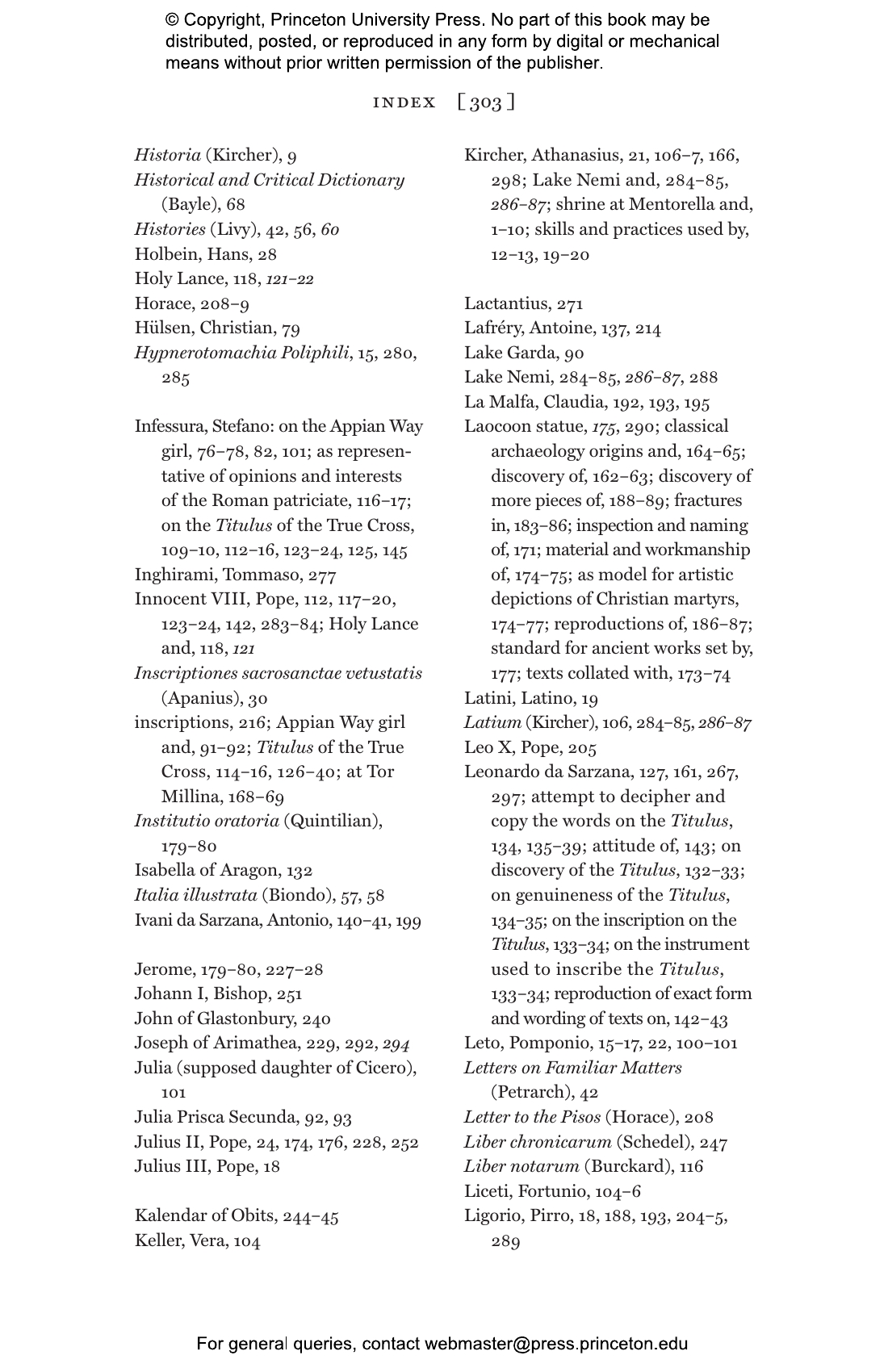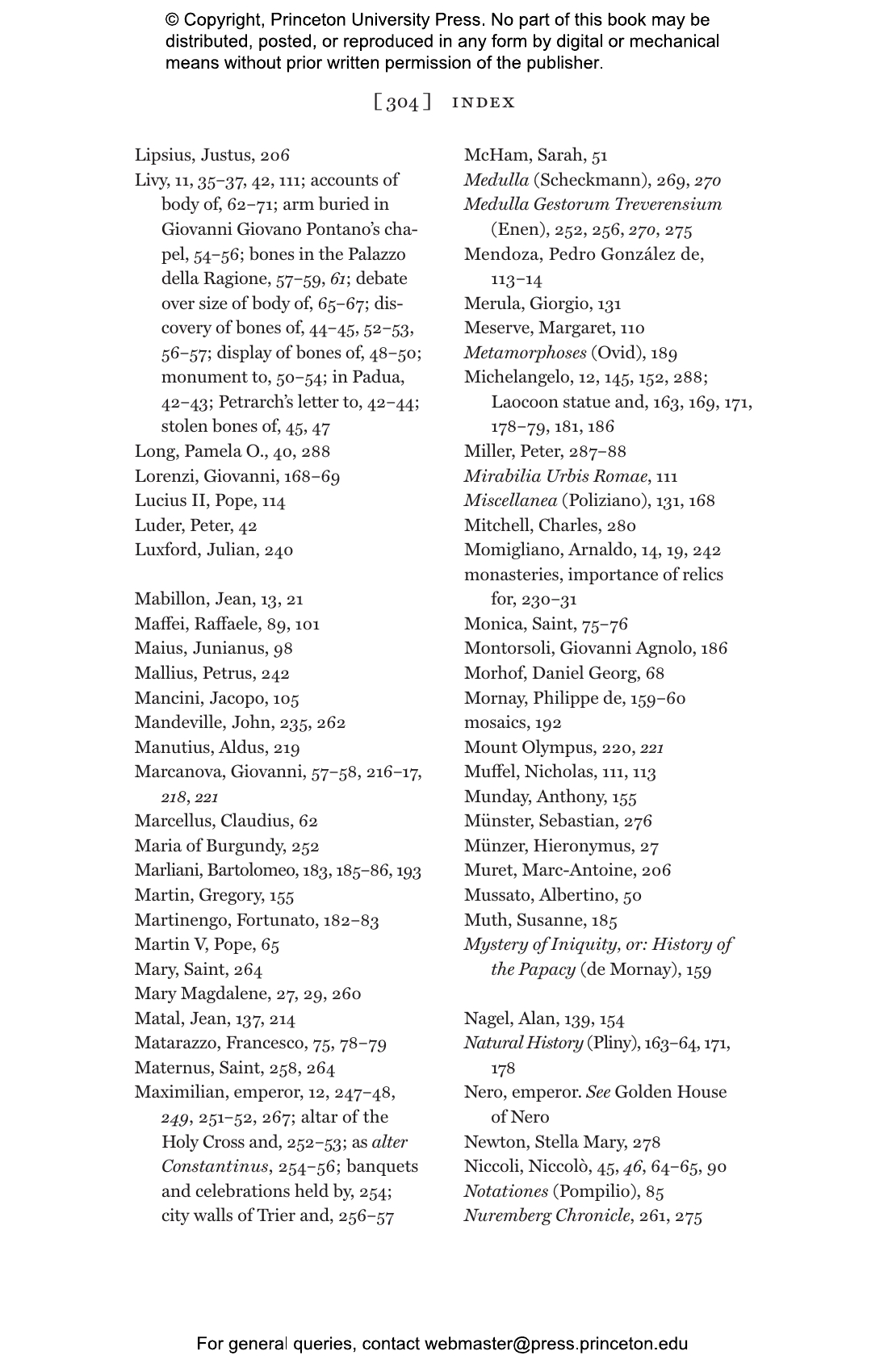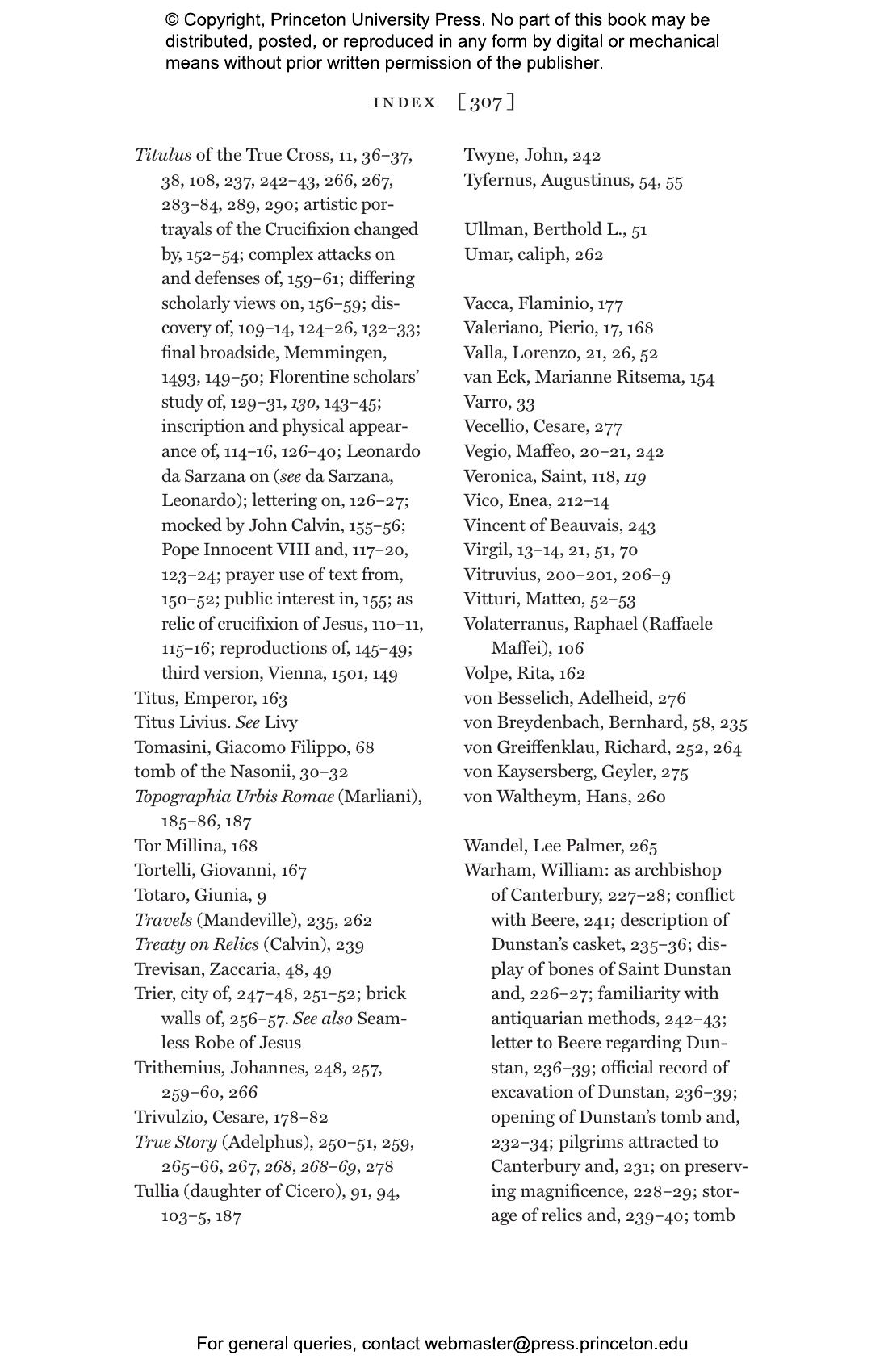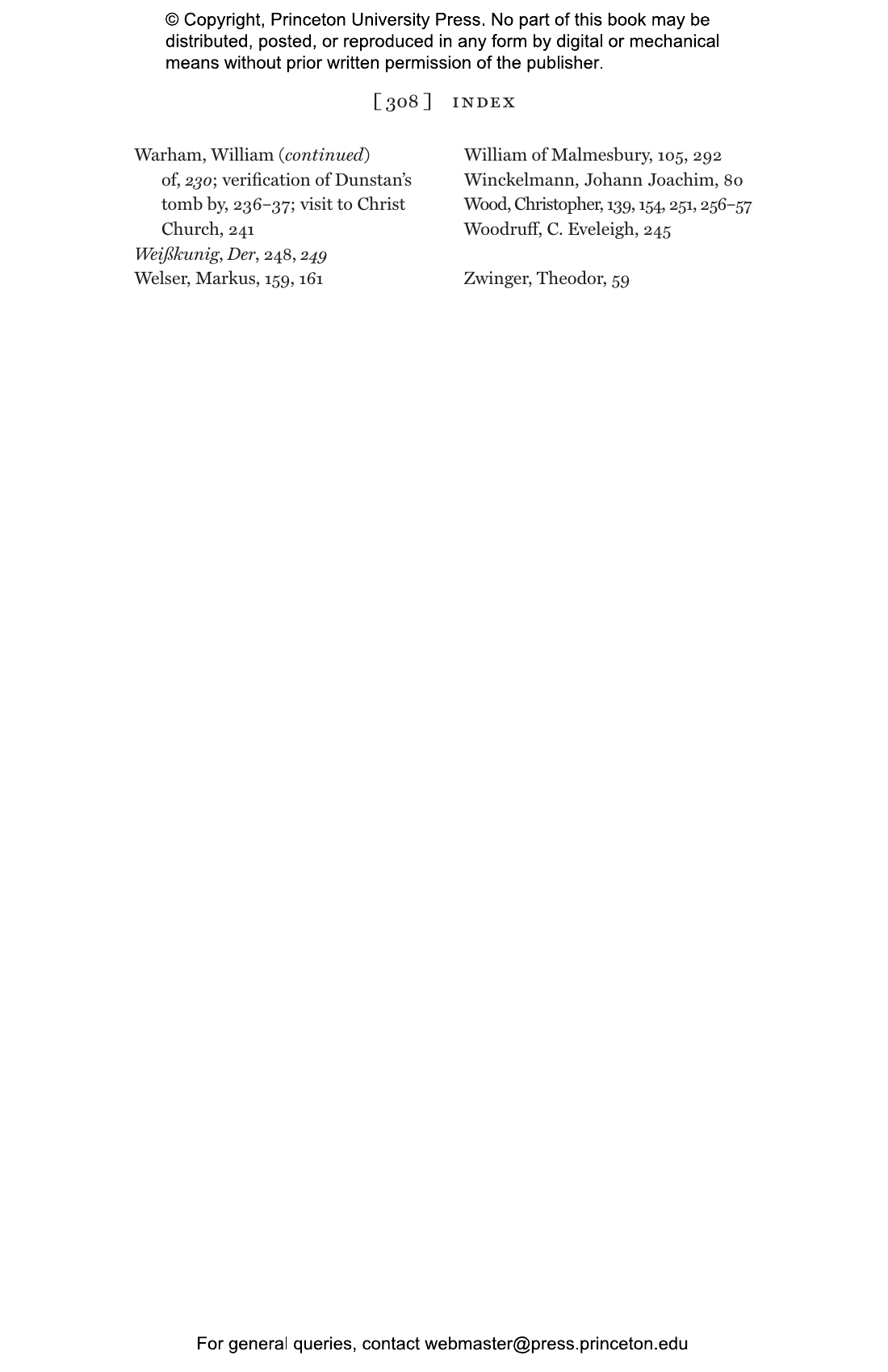The Art of Discovery: Digging into the Past in Renaissance Europe
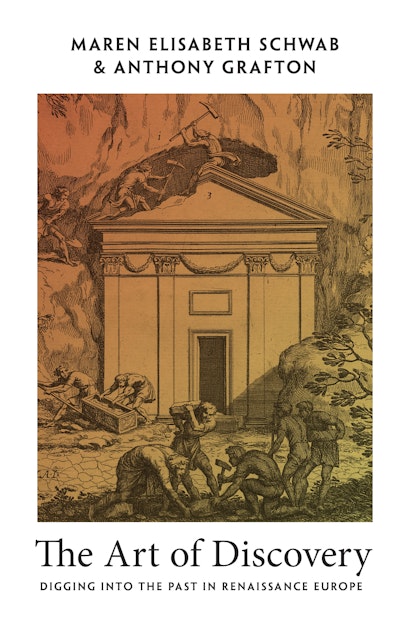

Hardcover
- Price:
- $32.00/£28.00
- ISBN:
- Published (US):
- Nov 29, 2022
- Published (UK):
- Jan 24, 2023
- Pages:
- 328
- Size:
- 5.5 x 8.5 in.
- 48 b/w illus.
- Main_subject:
- History
Paperback
ebook
In the early fifteenth century, a casket containing the remains of the Roman historian Livy was unearthed at a Benedictine abbey in Padua. The find was greeted with the same enthusiasm as the bones of a Christian saint, and established a pattern that antiquarians would follow for centuries to come. The Art of Discovery tells the stories of the Renaissance antiquarians who turned material remains of the ancient world into sources for scholars and artists, inspirations for palaces and churches, and objects of pilgrimage and devotion.
Maren Elisabeth Schwab and Anthony Grafton bring to life some of the most spectacular finds of the age, such as Nero’s Golden House and the wooden placard that was supposedly nailed to the True Cross. They take readers into basements, caves, and cisterns, explaining how digs were undertaken and shedding light on the methods antiquarians—and the alchemists and craftspeople they consulted—used to interpret them. What emerges is not an origin story for modern archaeology or art history but rather an account of how early modern artisanal skills and technical expertise were used to create new knowledge about the past and inspire new forms of art, scholarship, and devotion in the present.
The Art of Discovery challenges the notion that Renaissance antiquarianism was strictly a secular enterprise, revealing how the rediscovery of Christian relics and the bones of martyrs helped give rise to highly interdisciplinary ways of examining and authenticating objects of all kinds.
